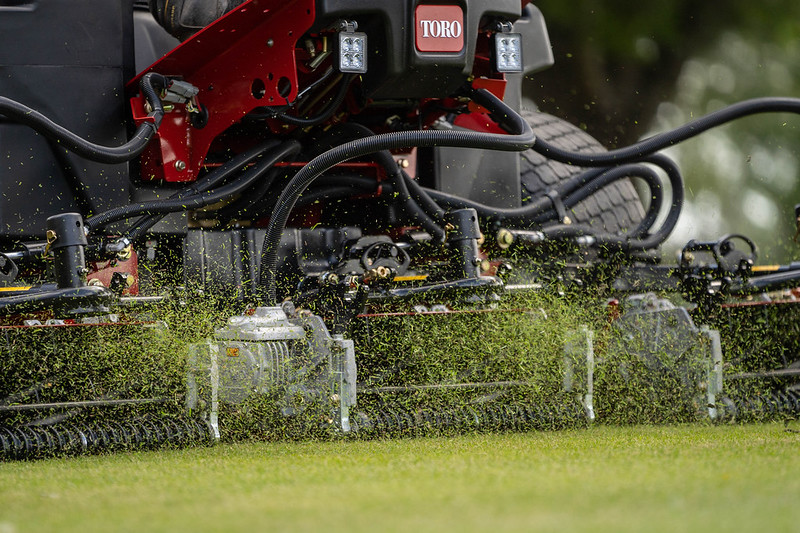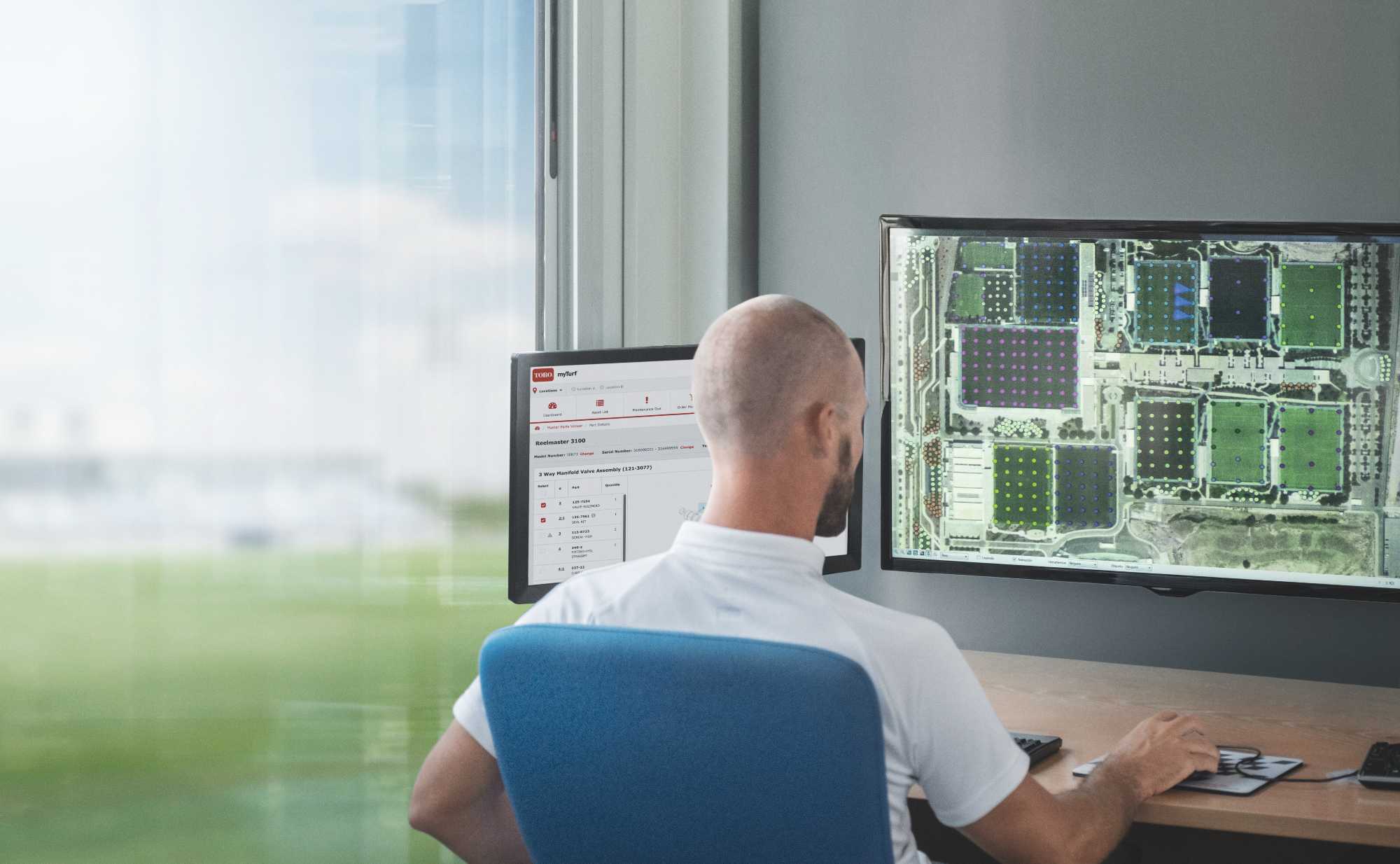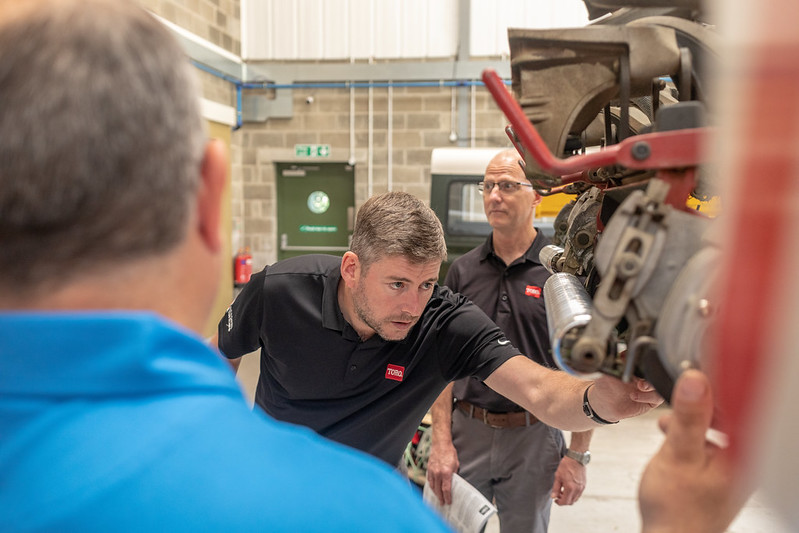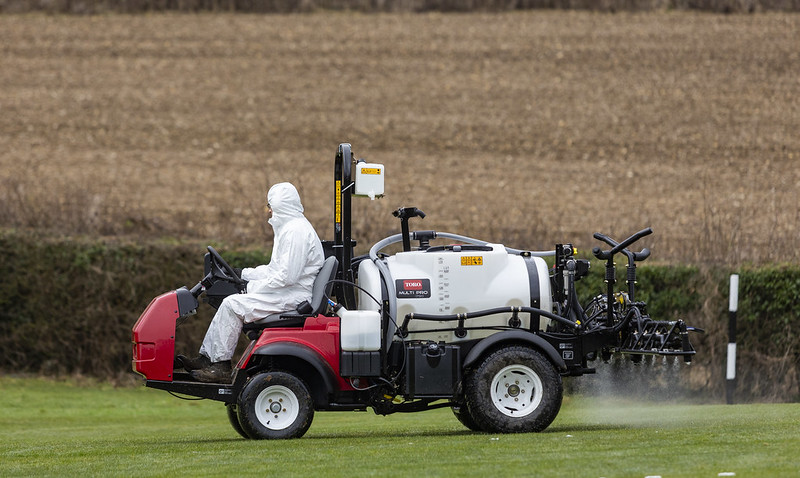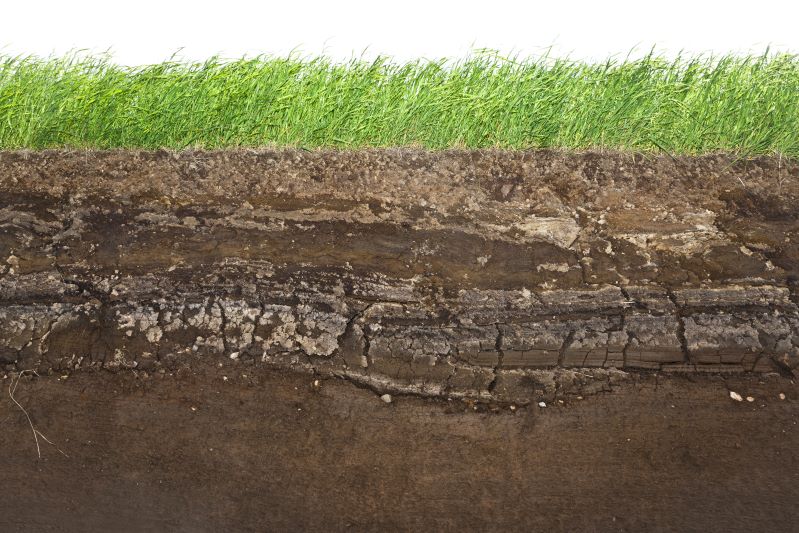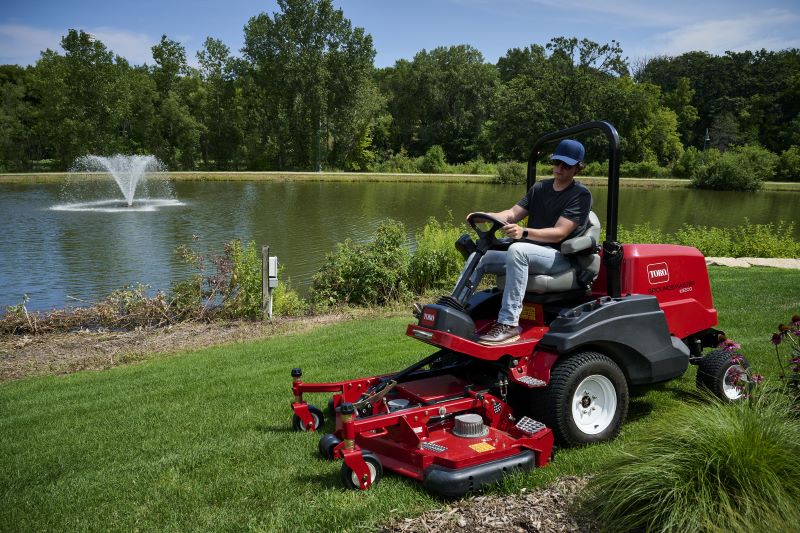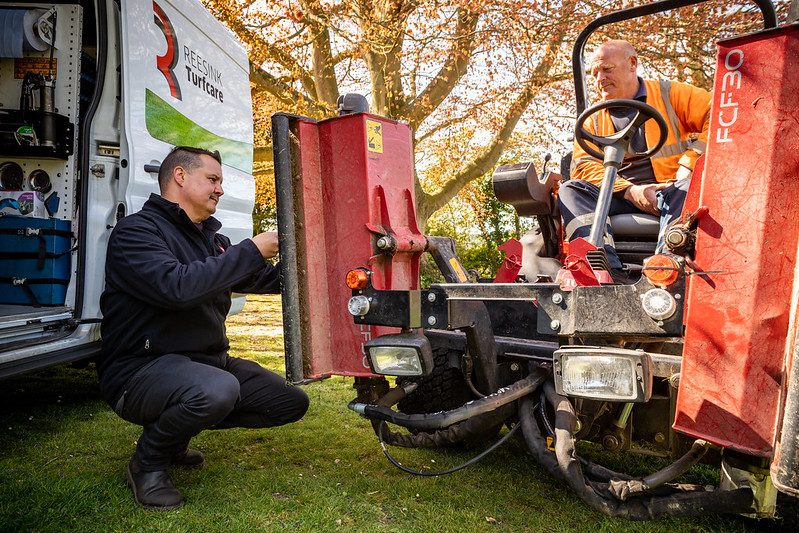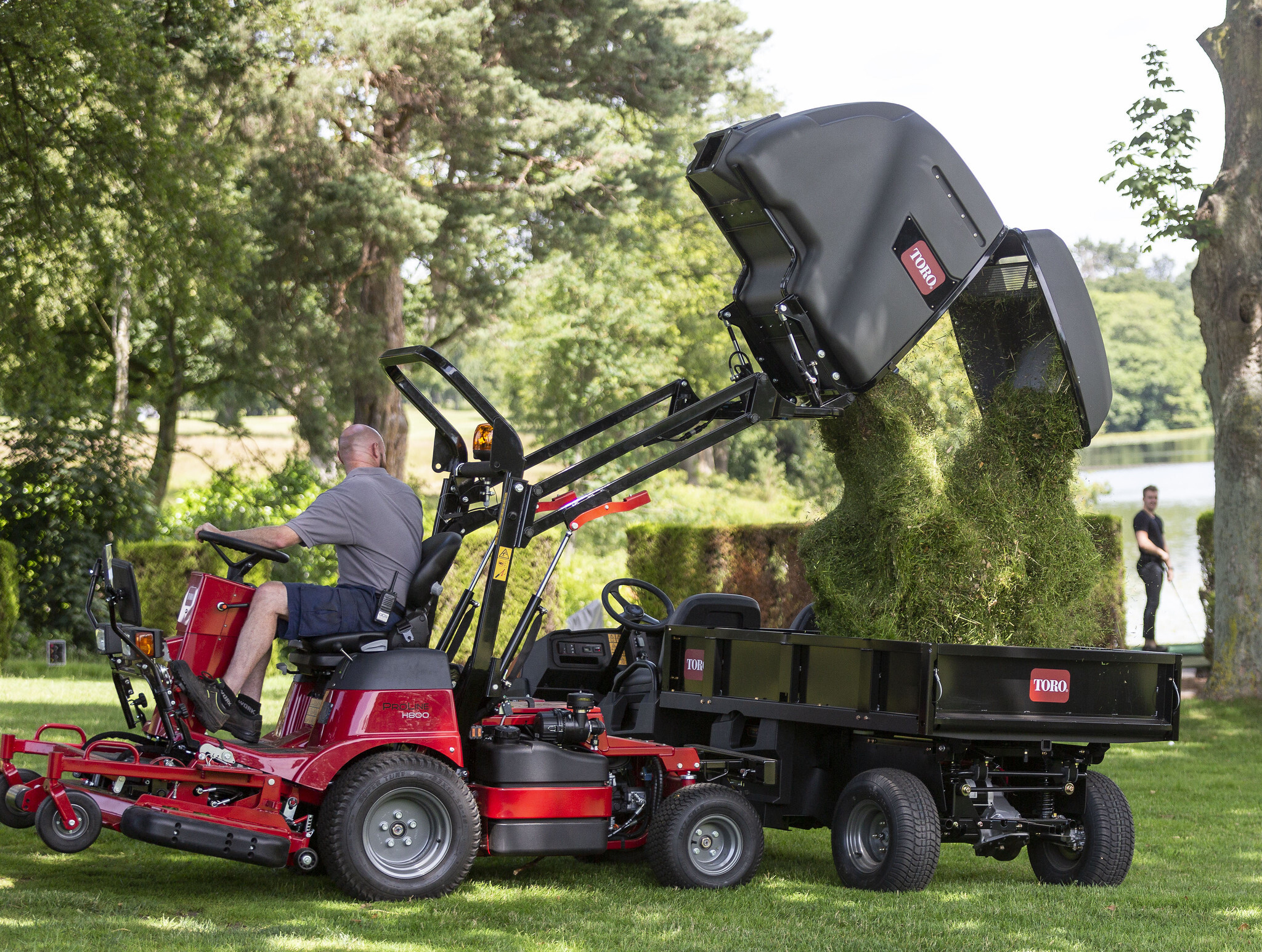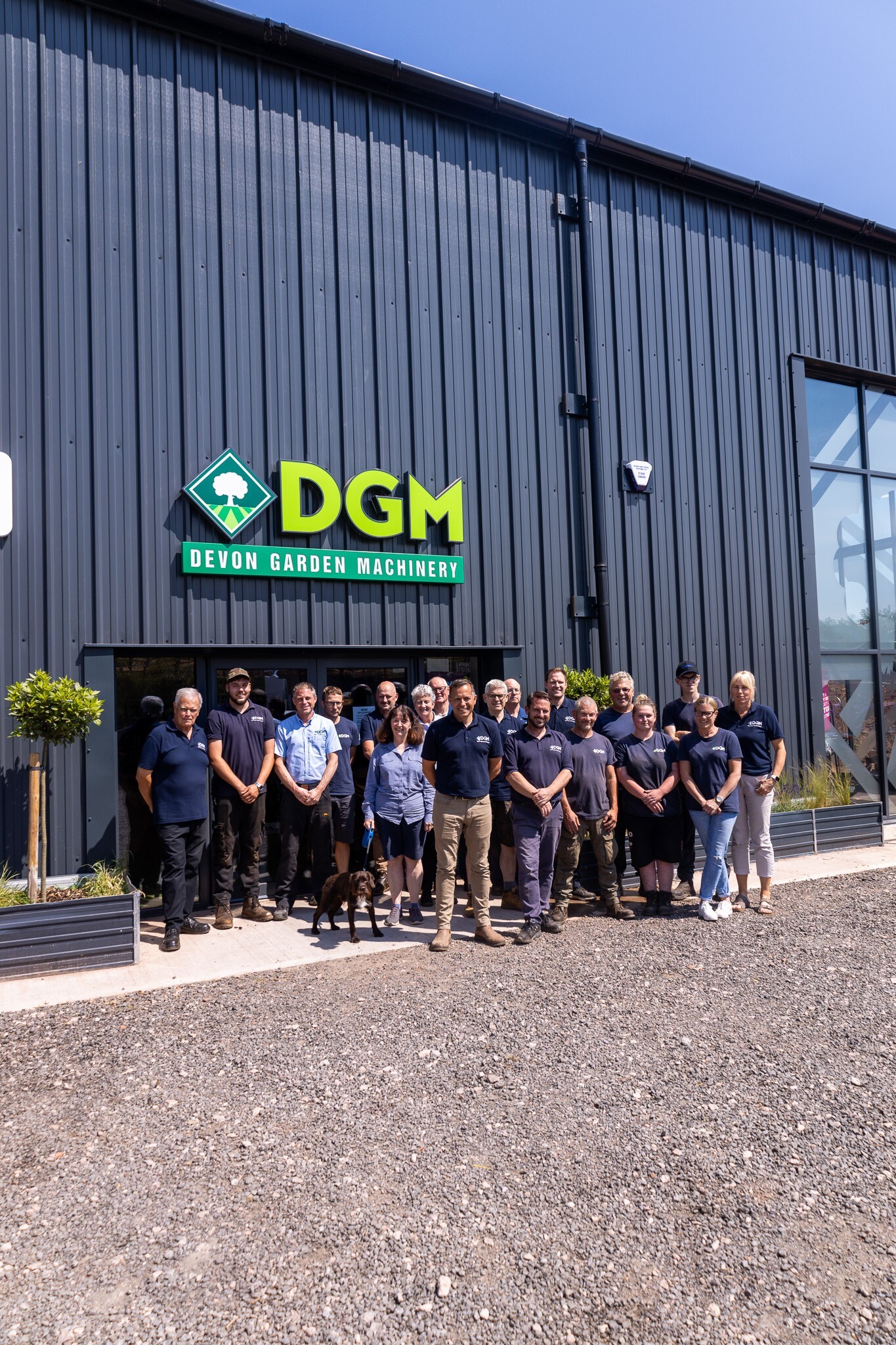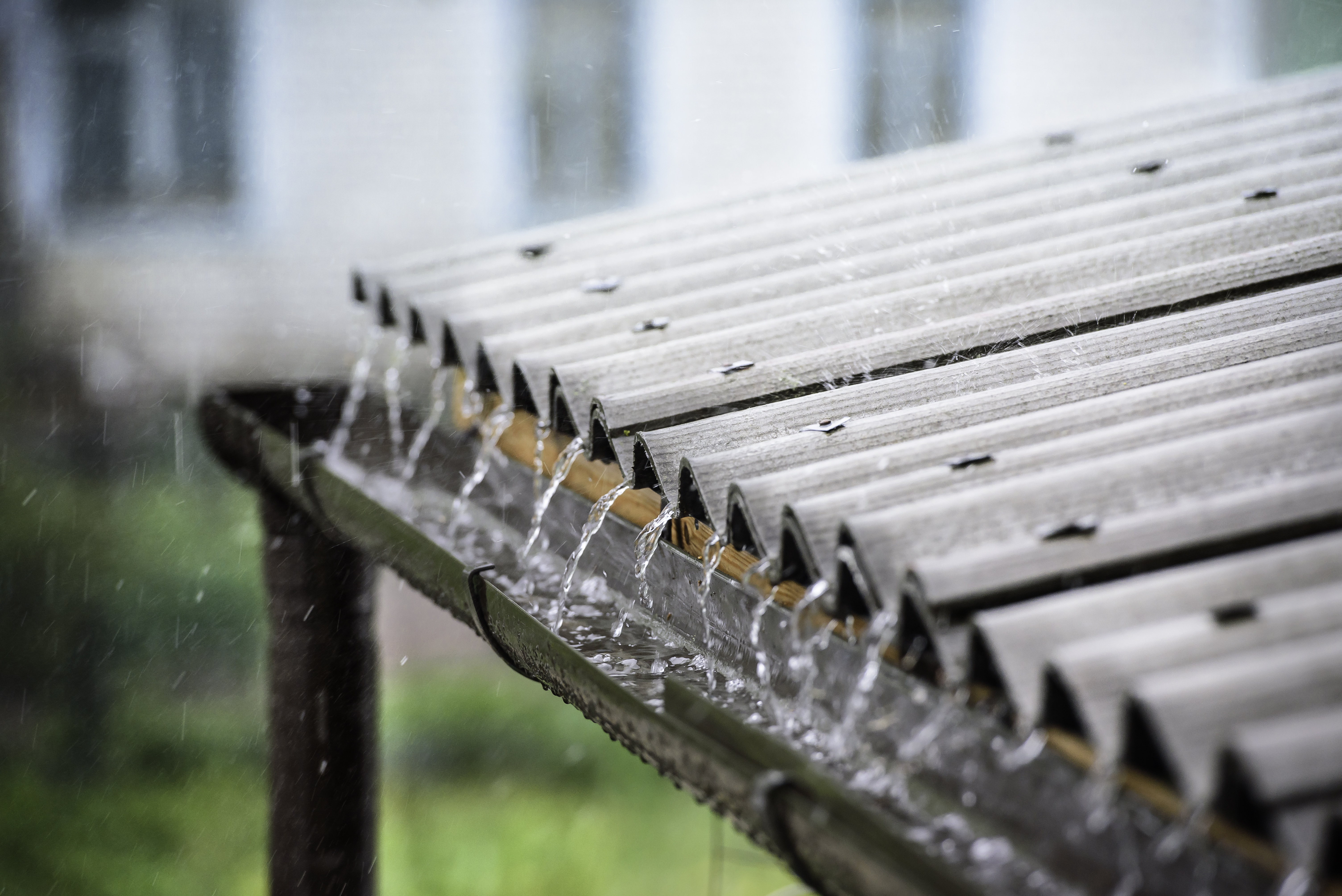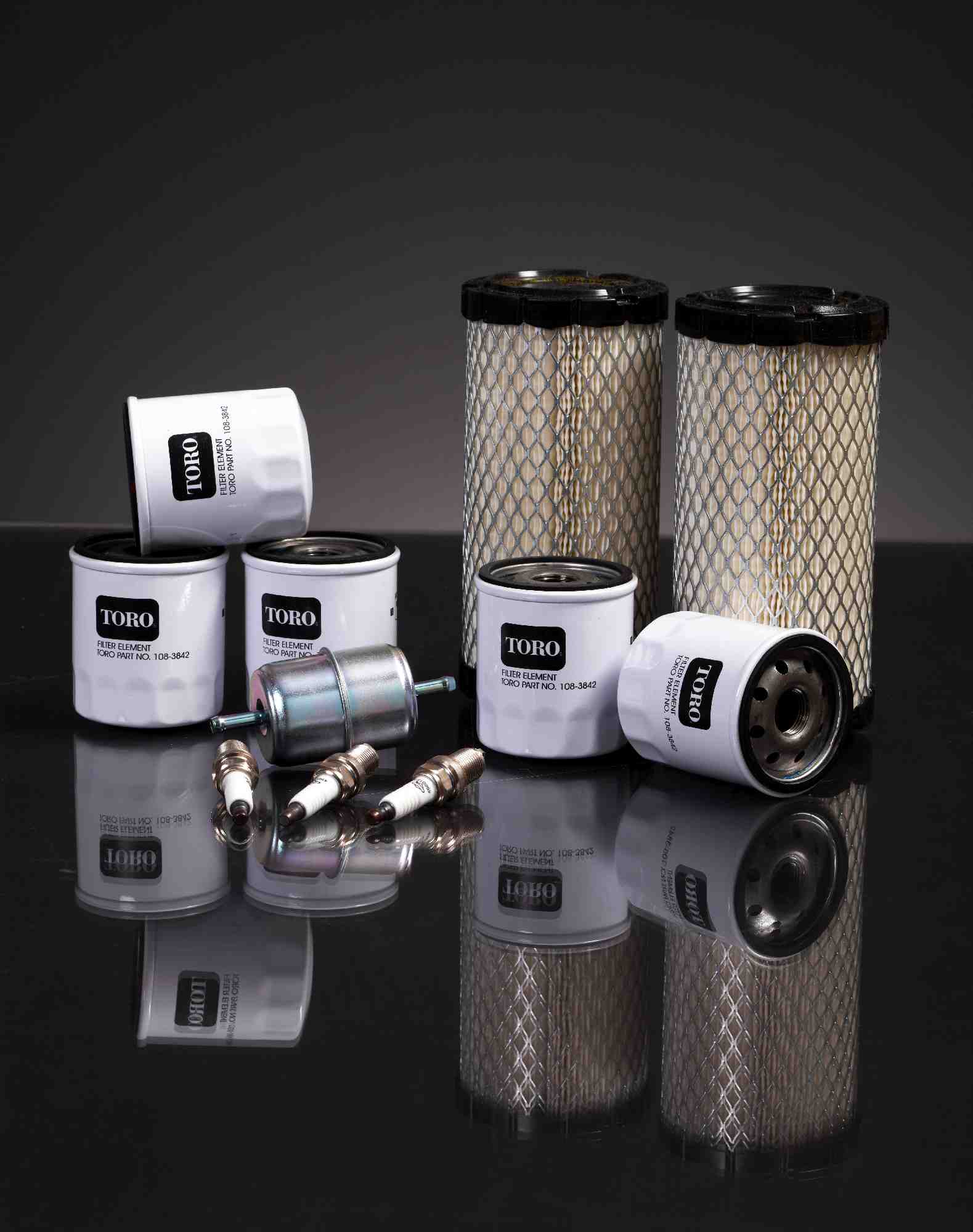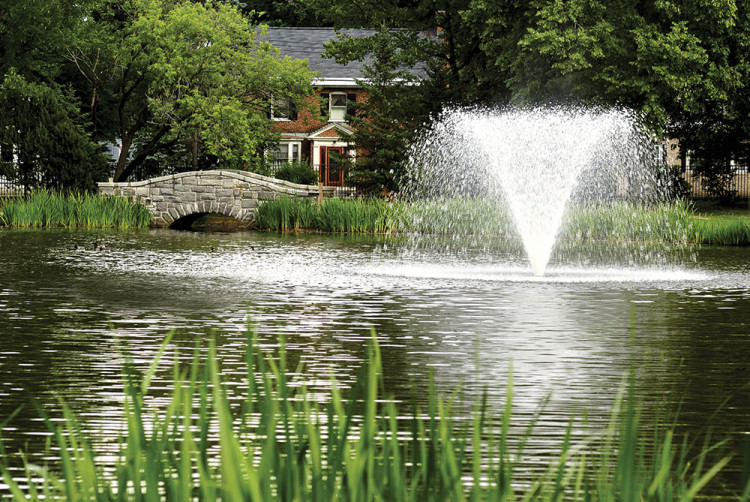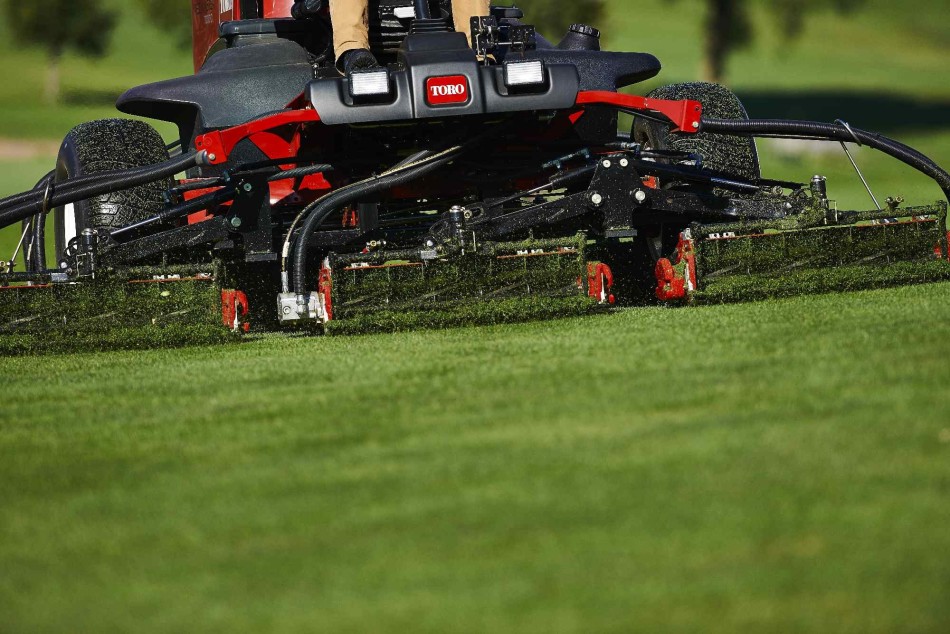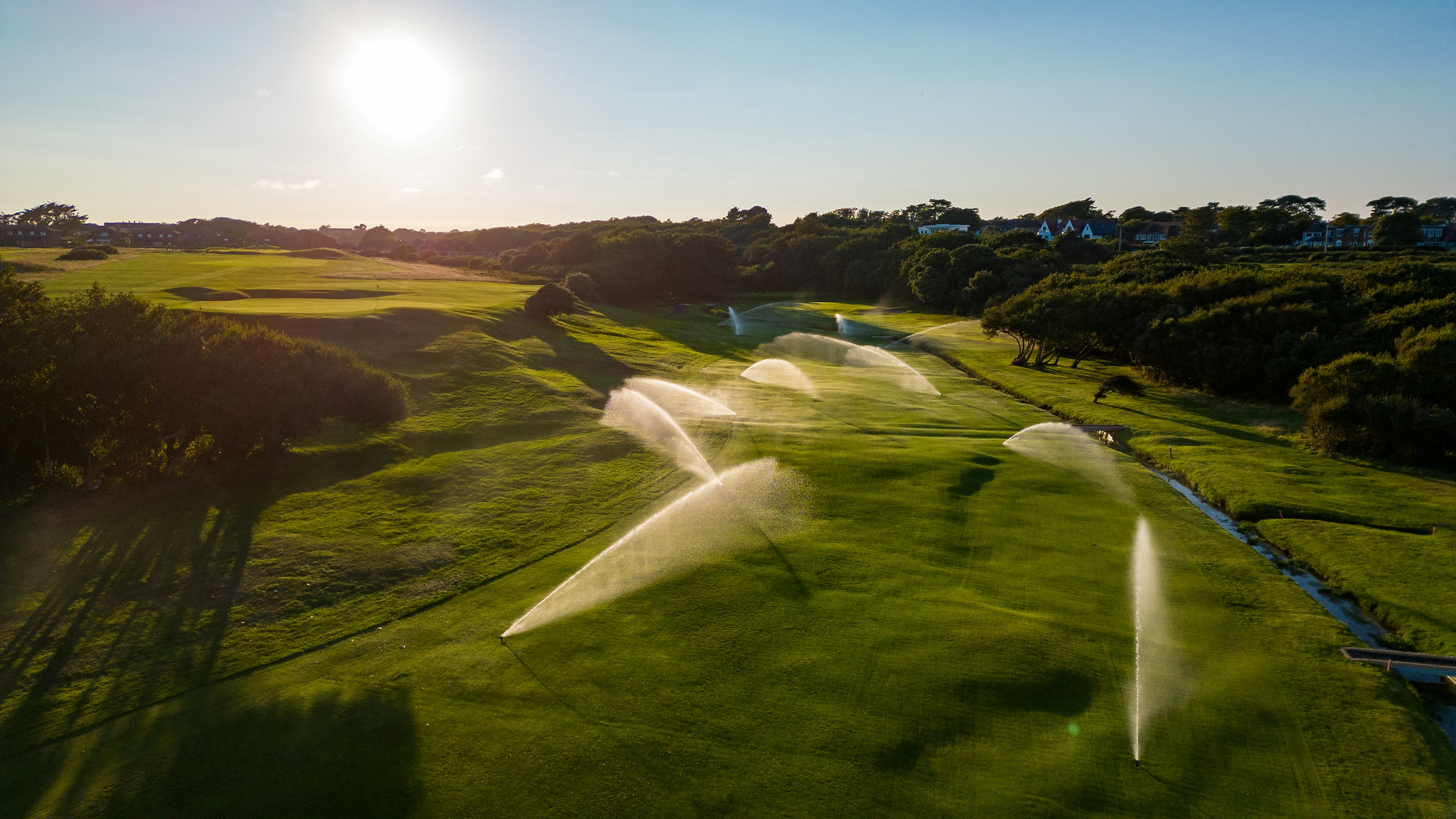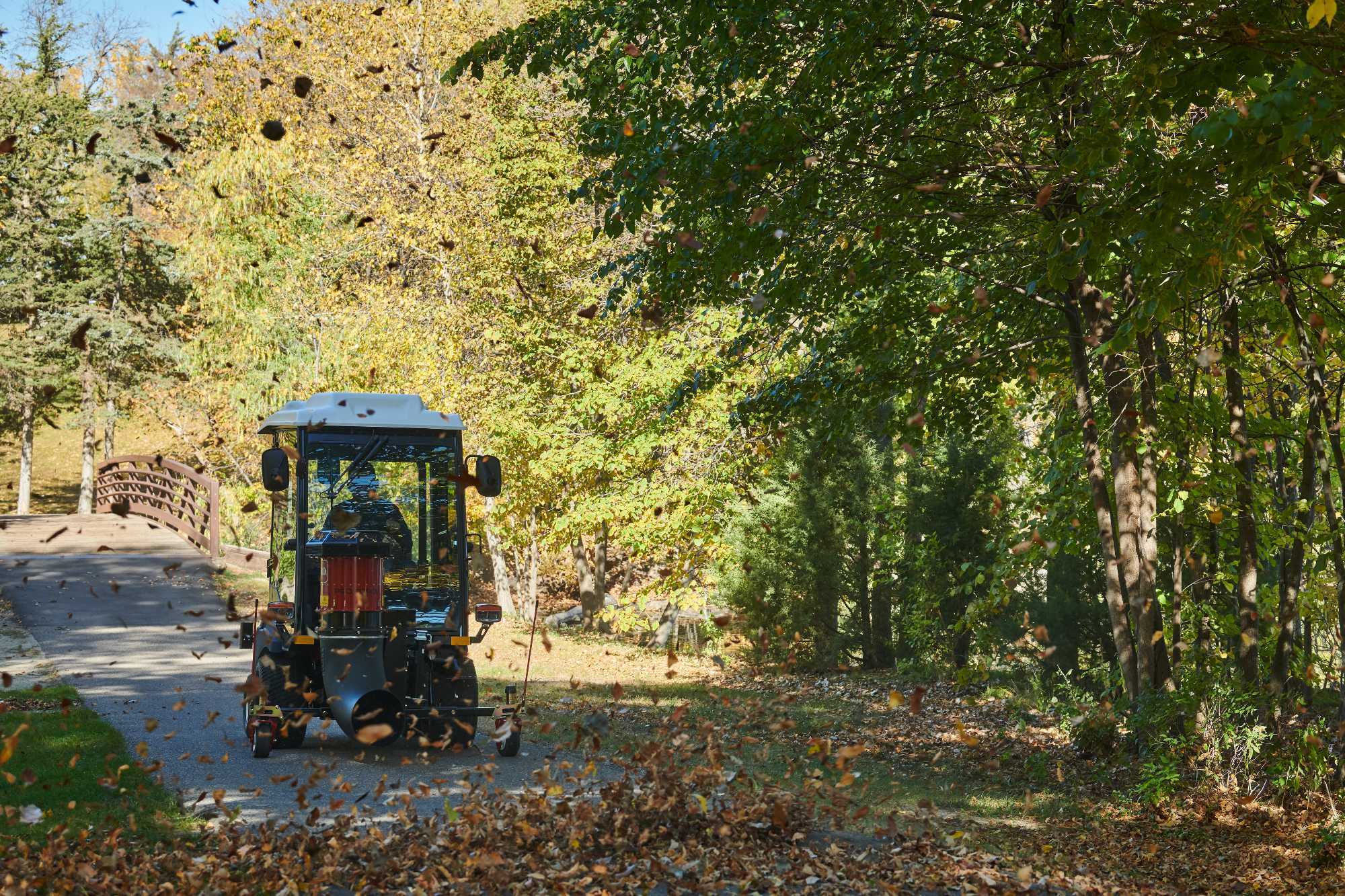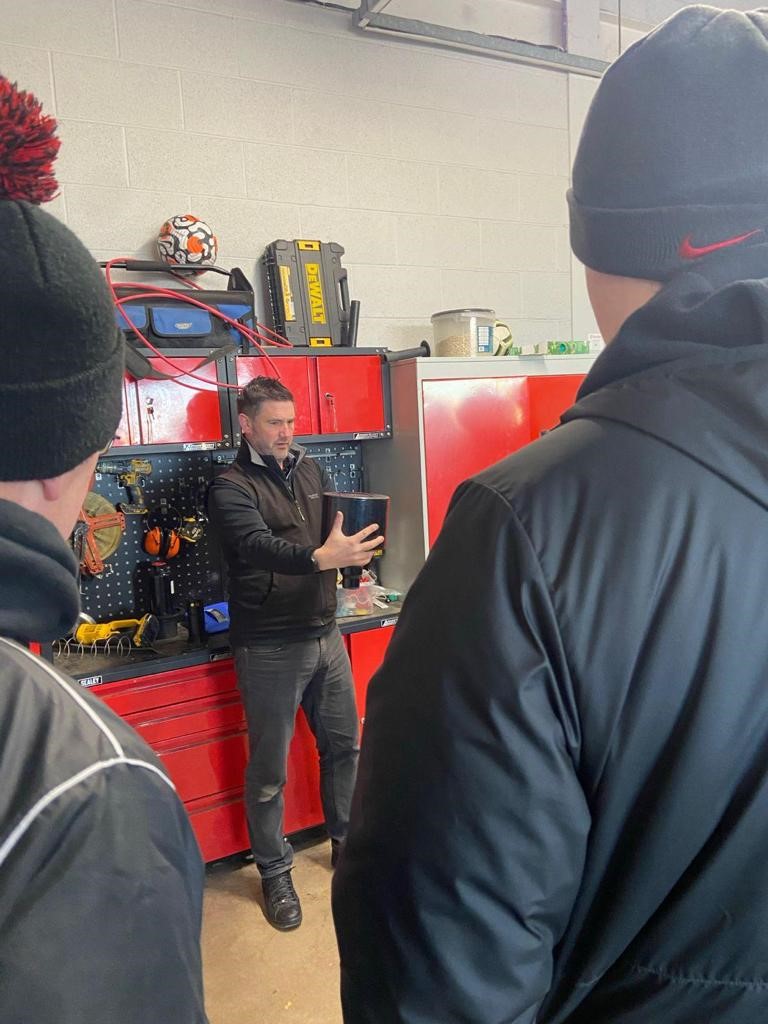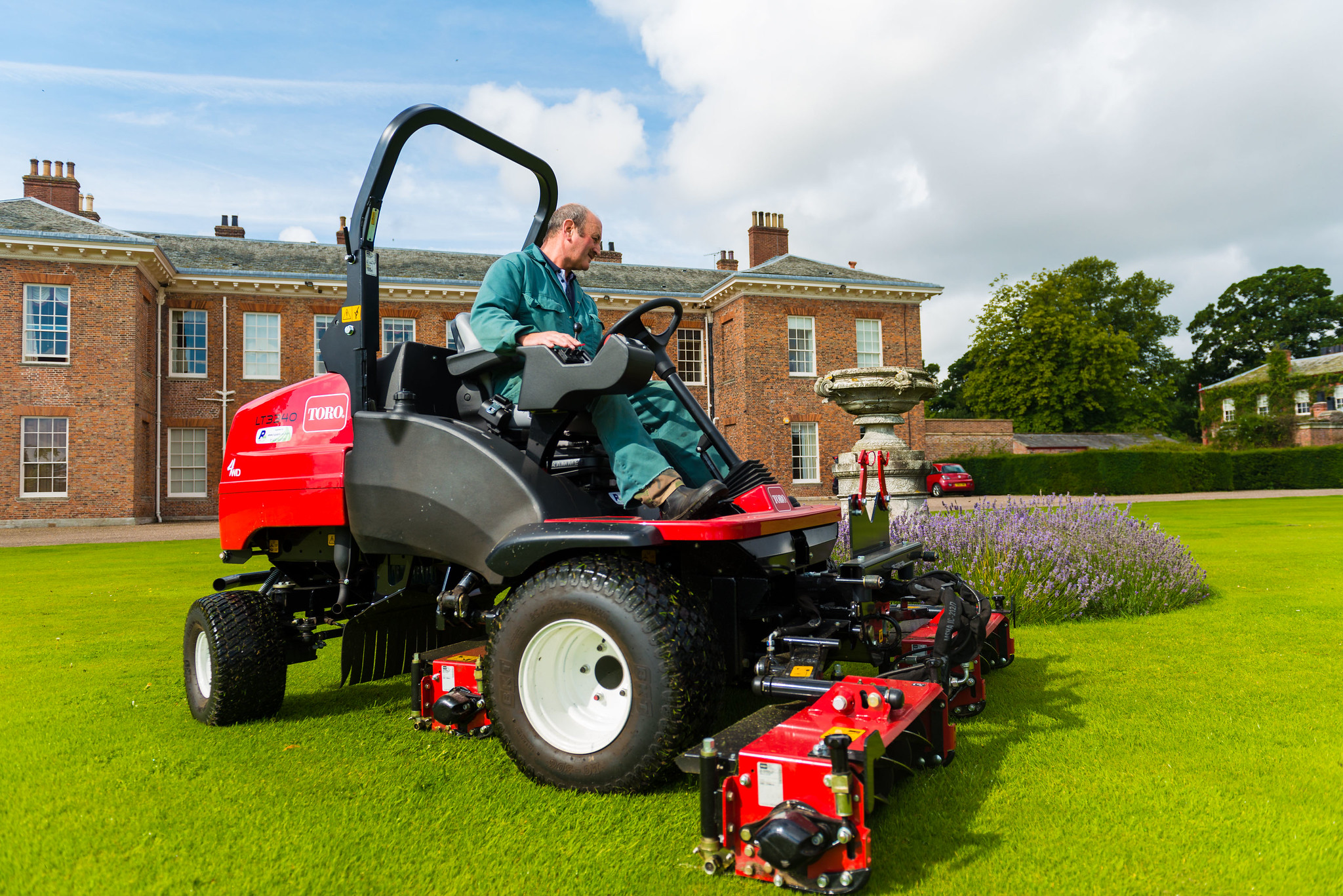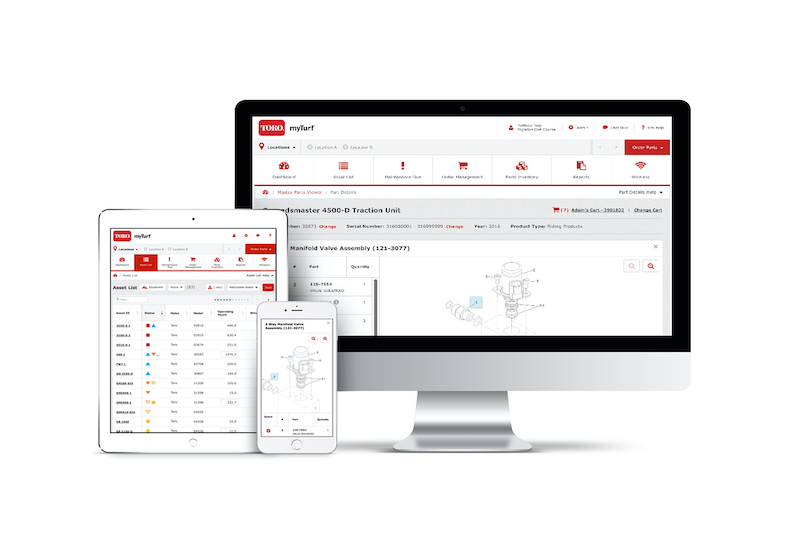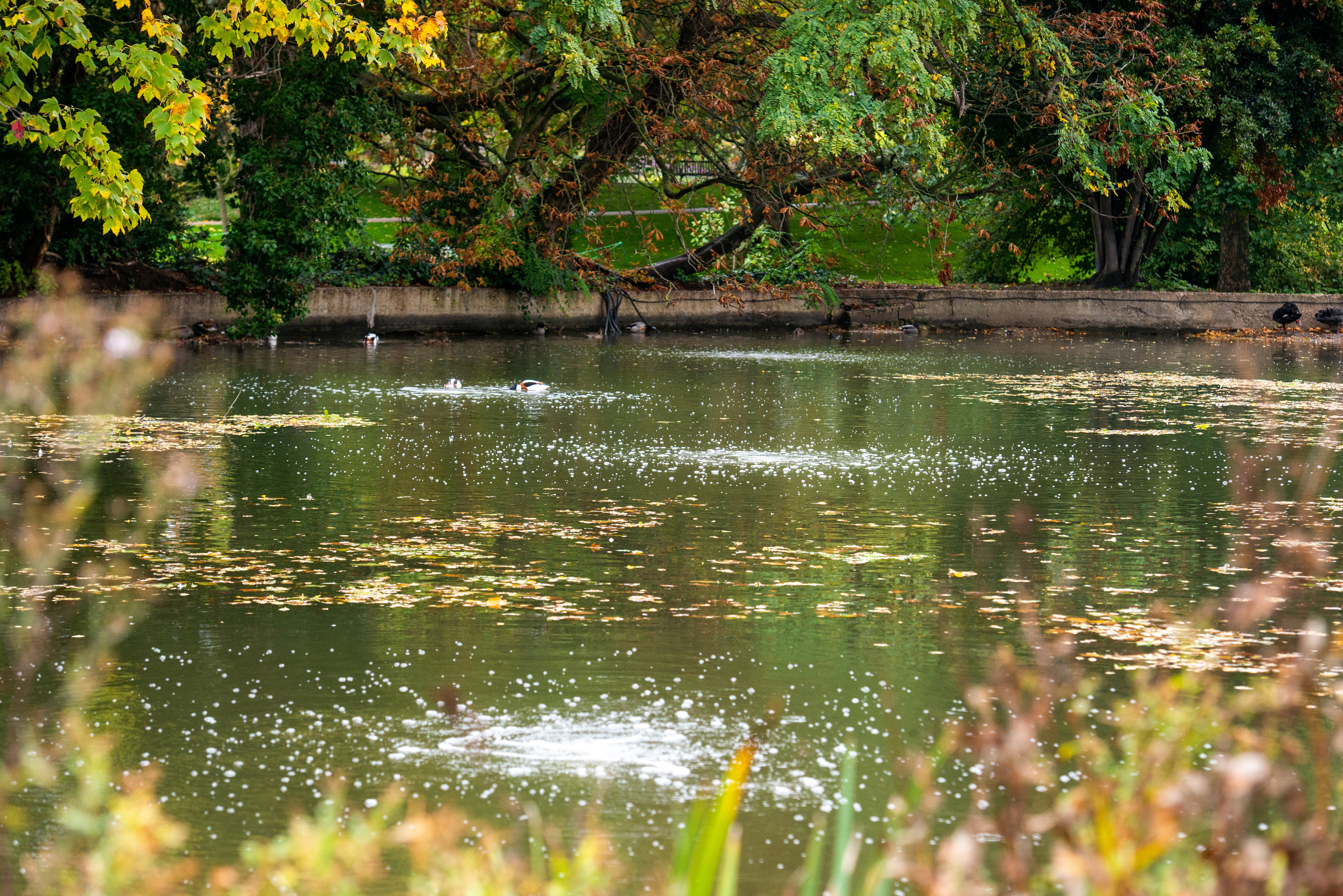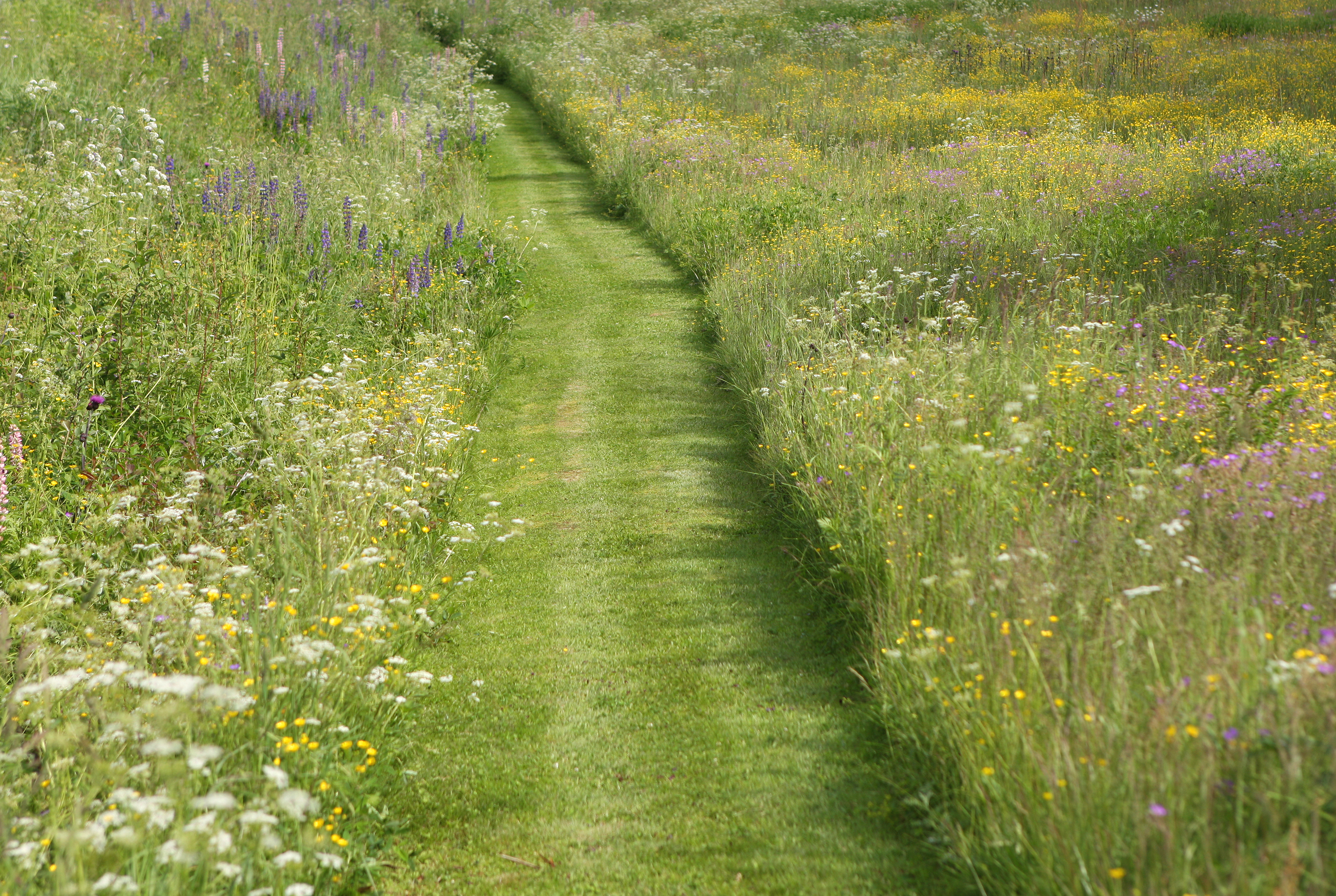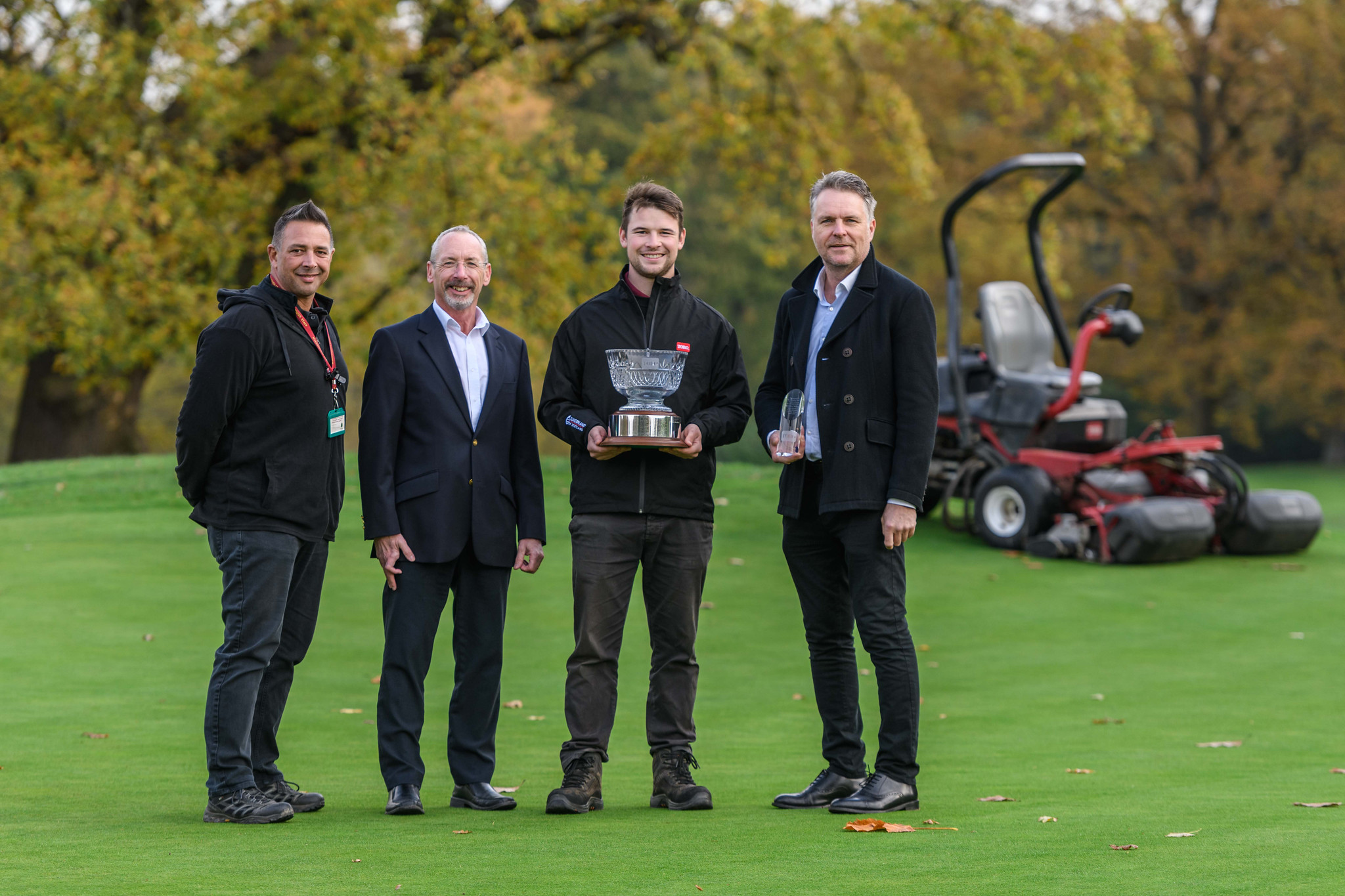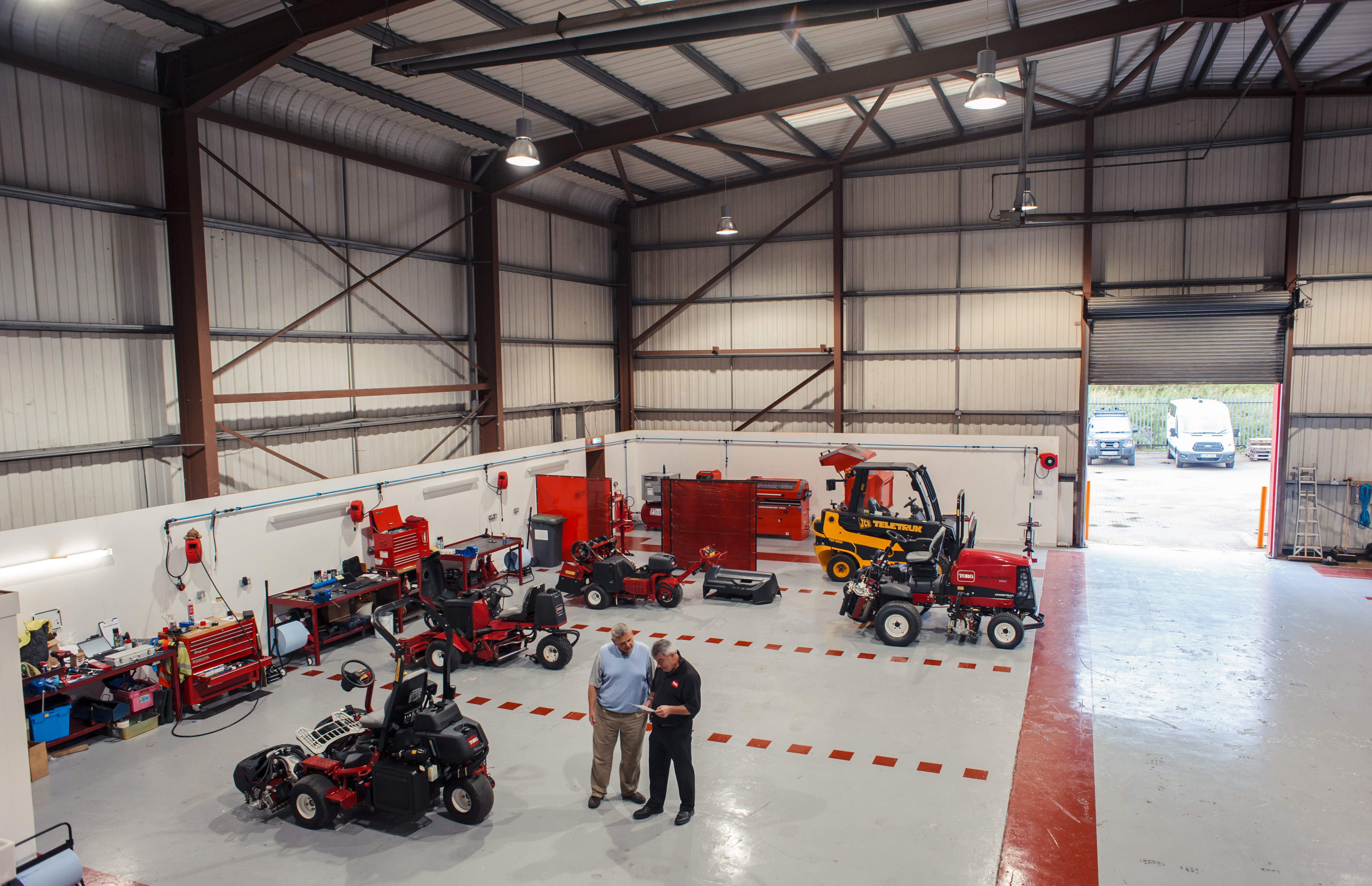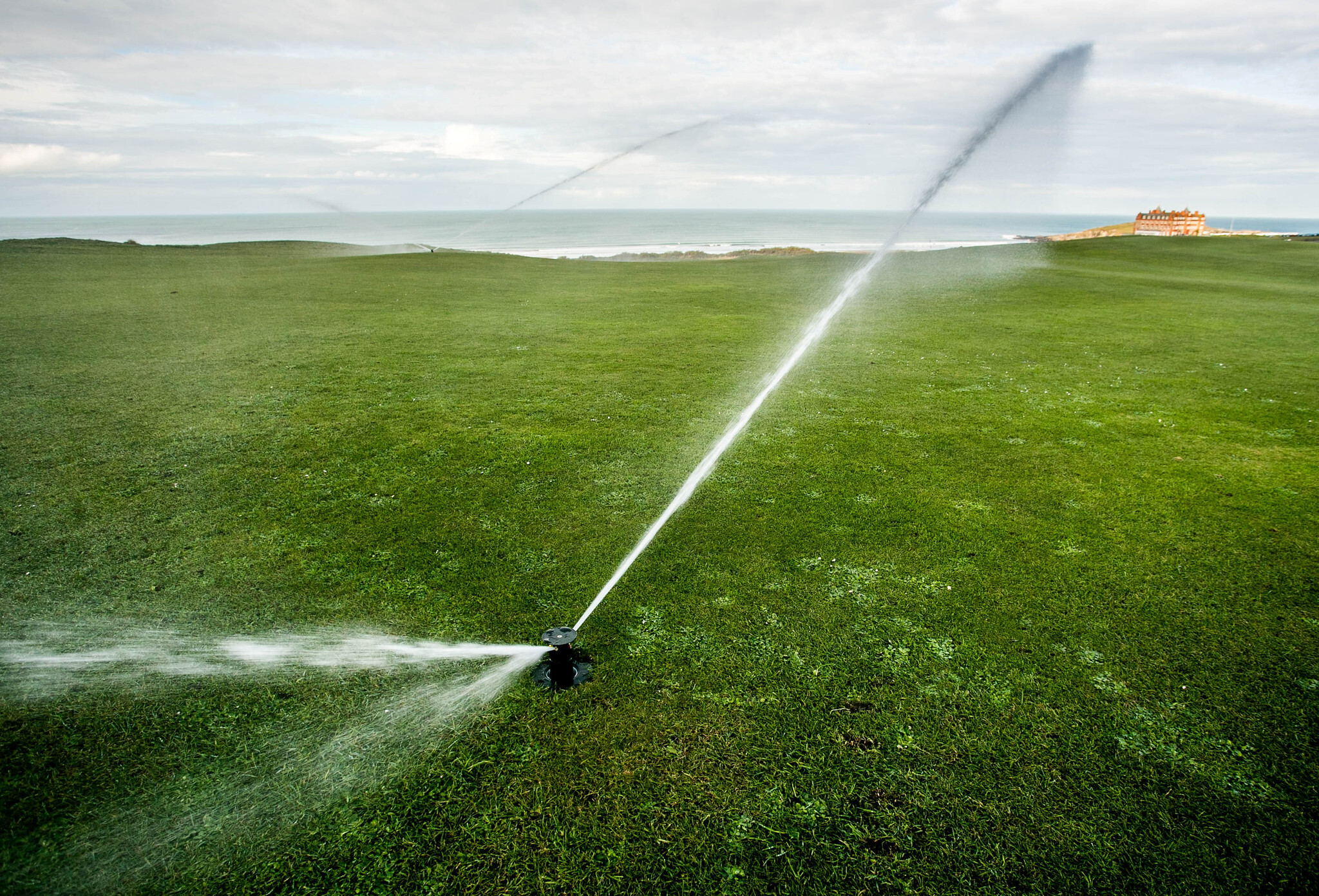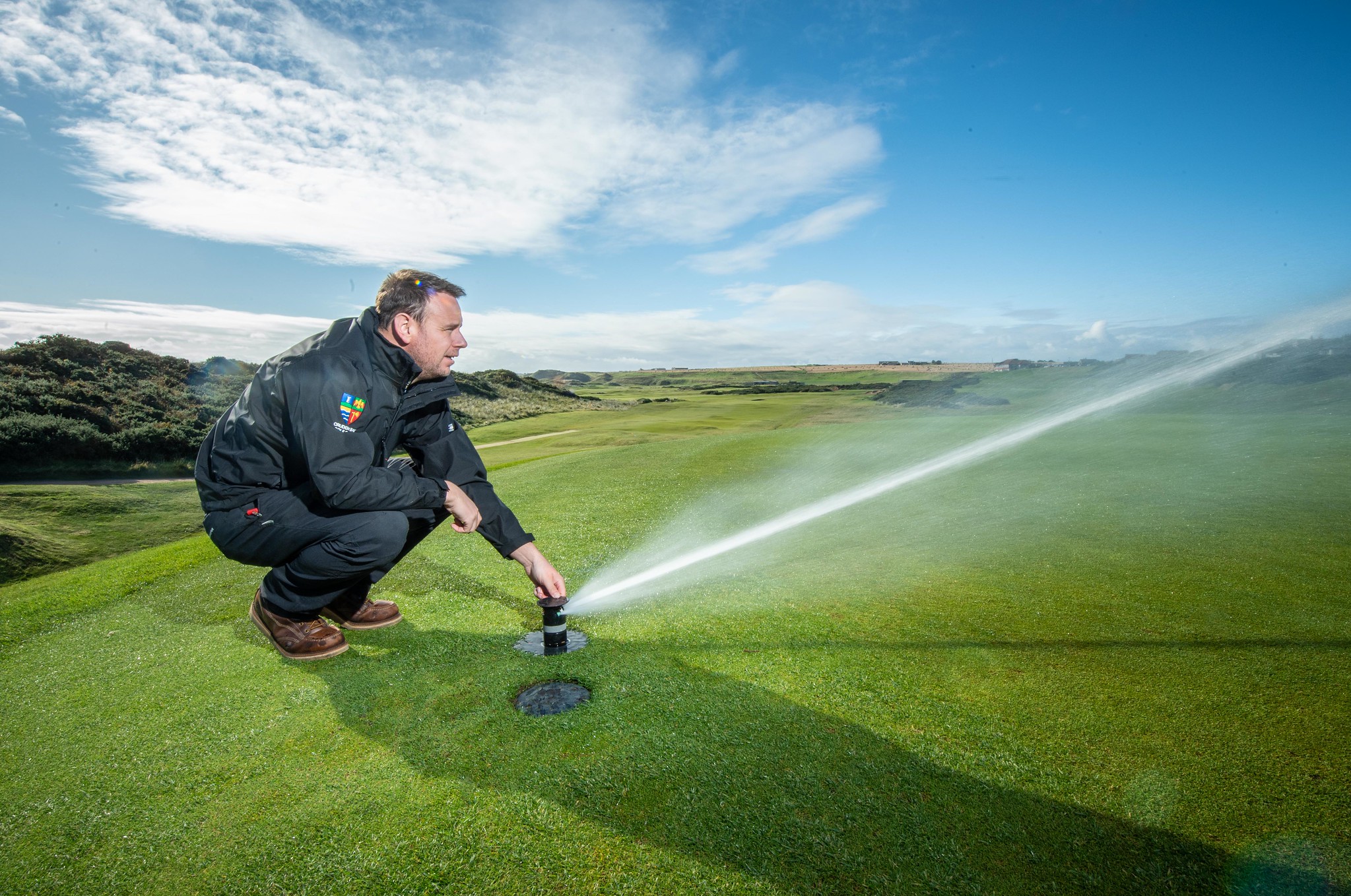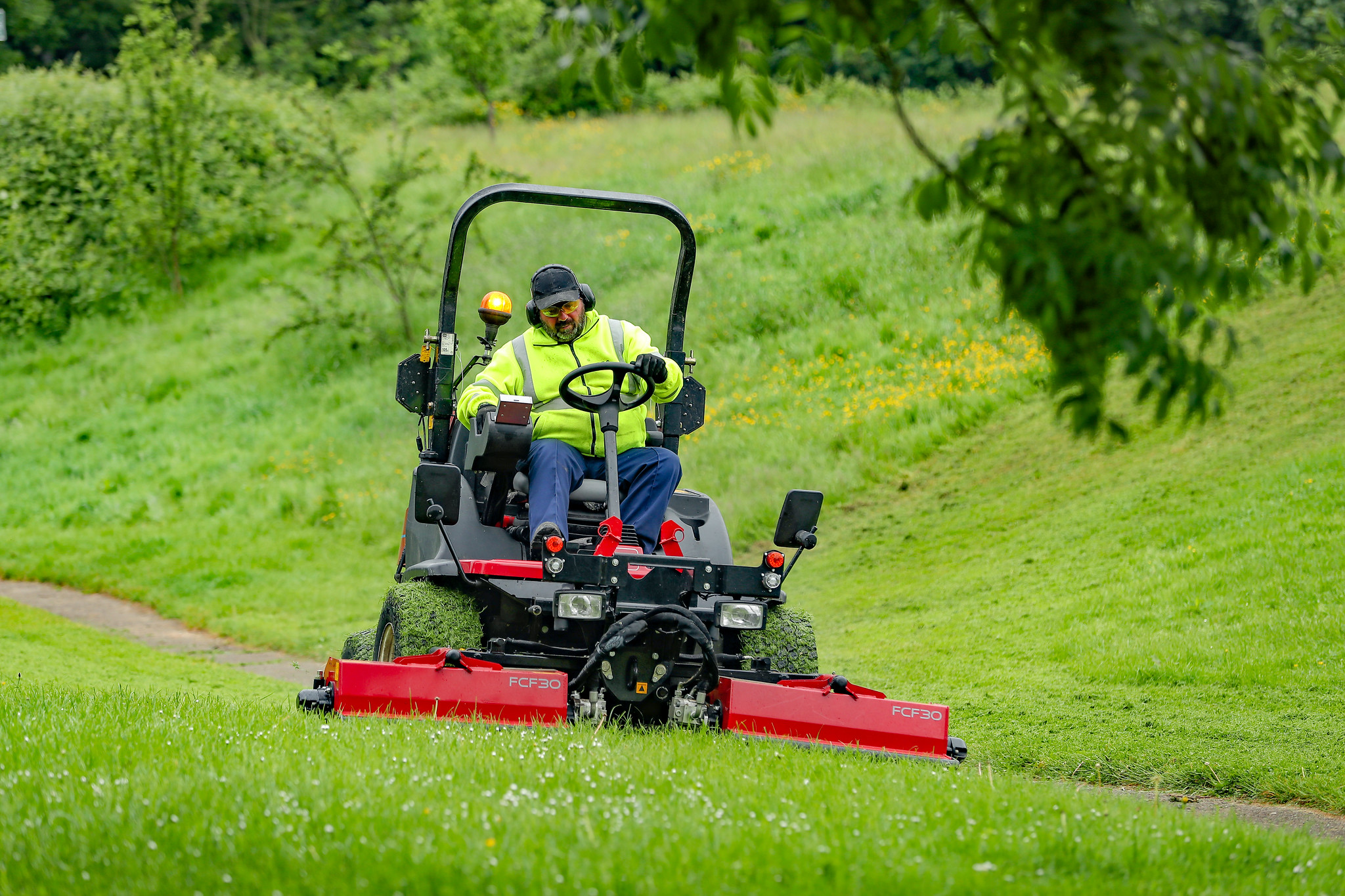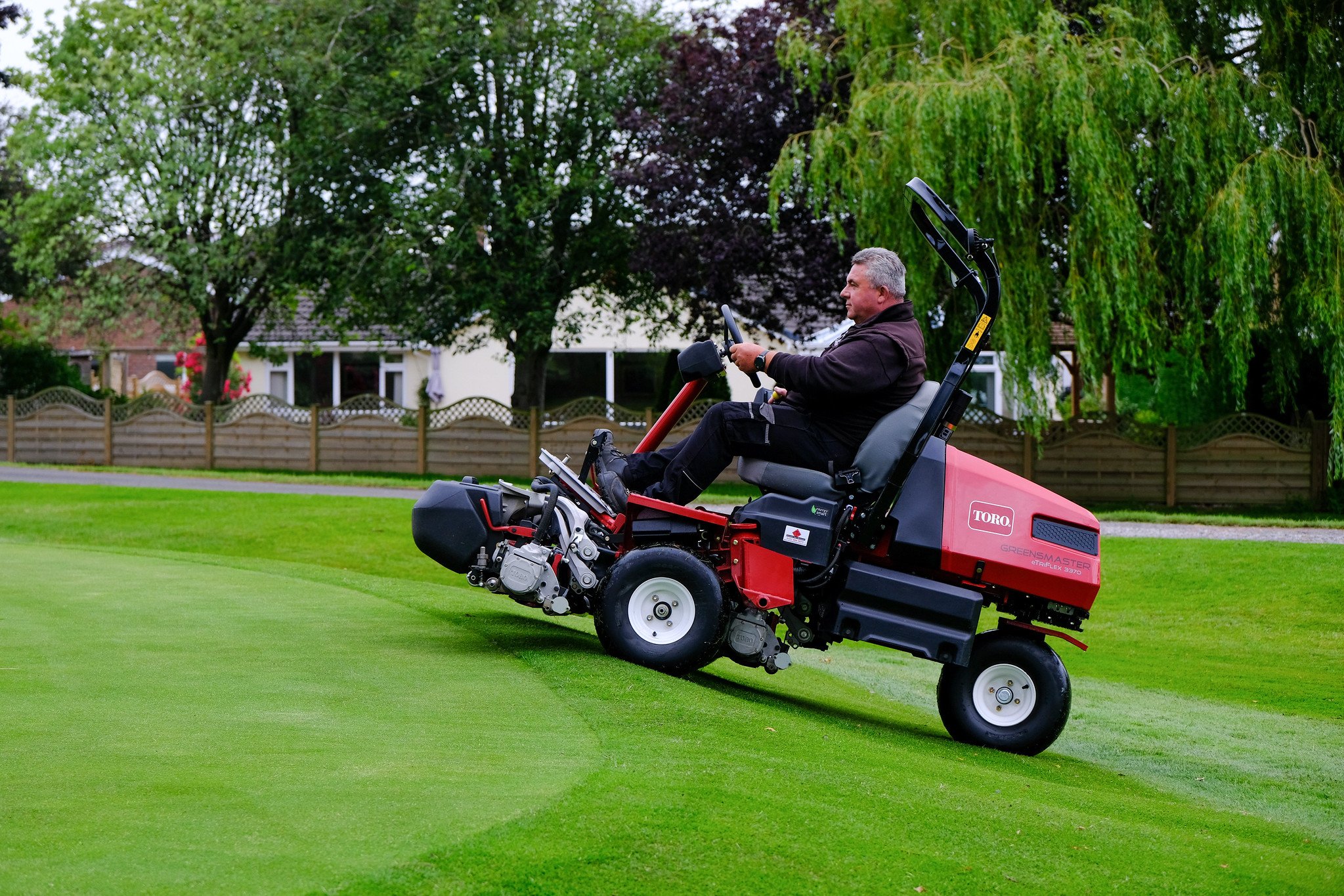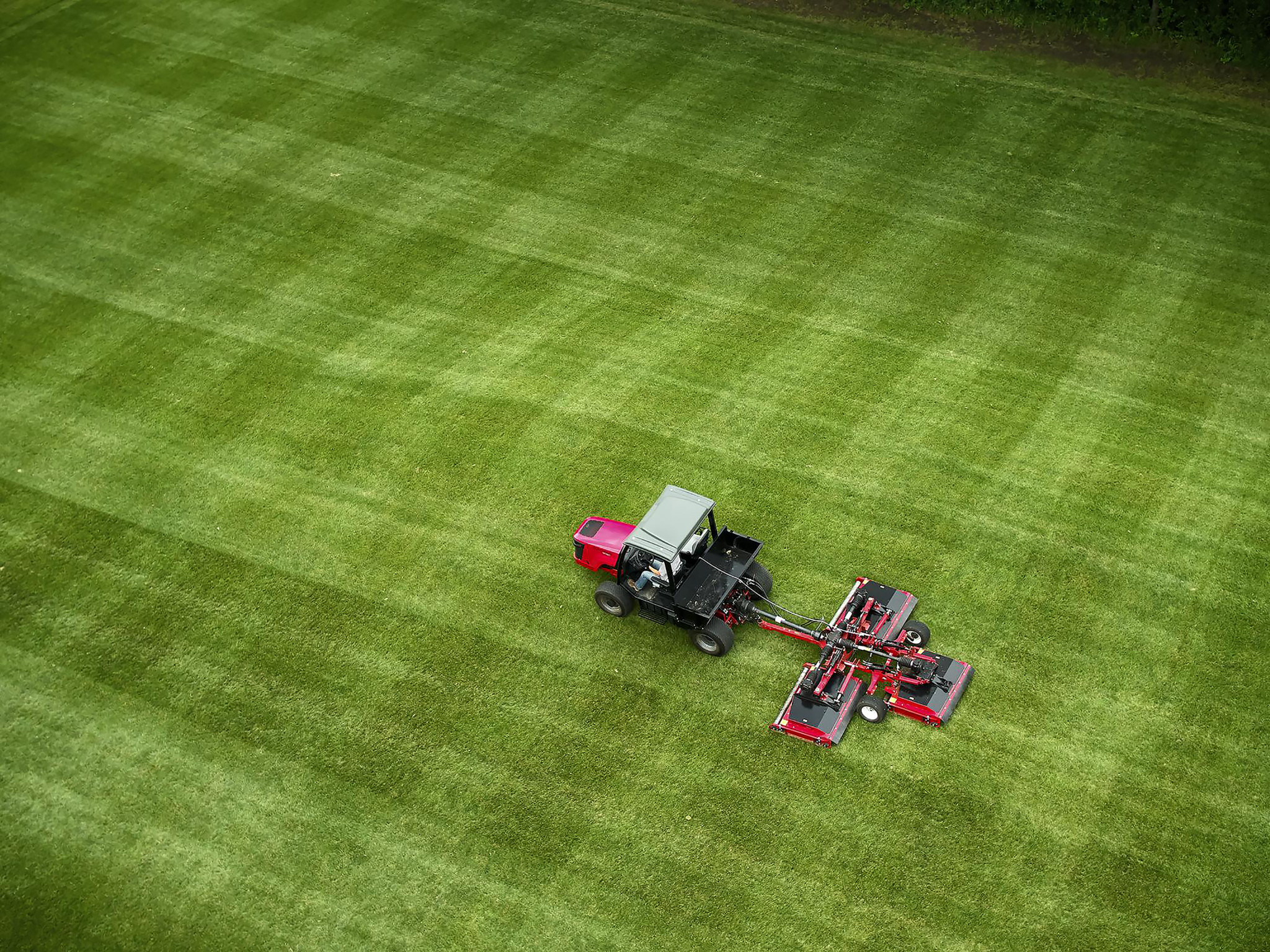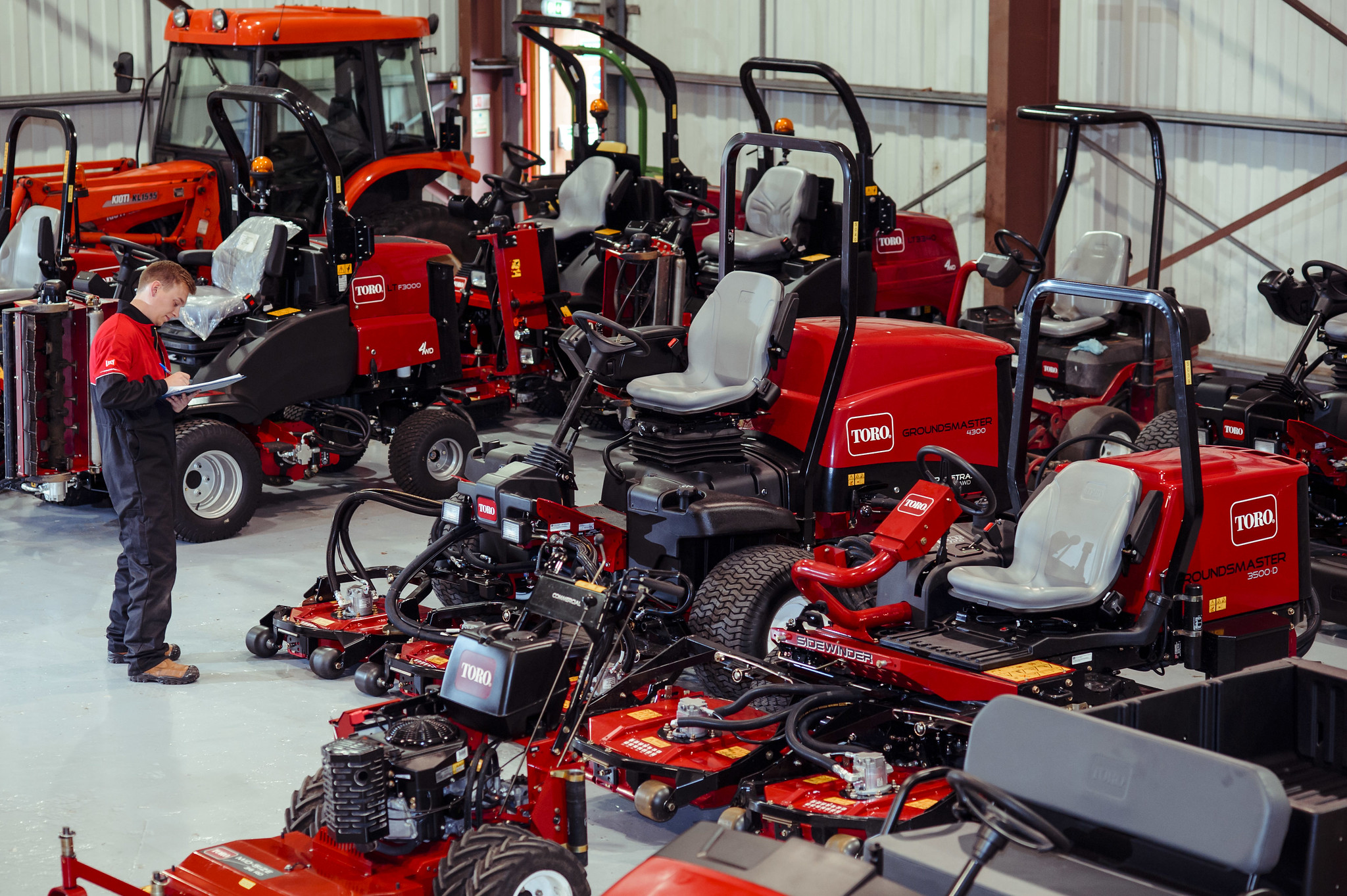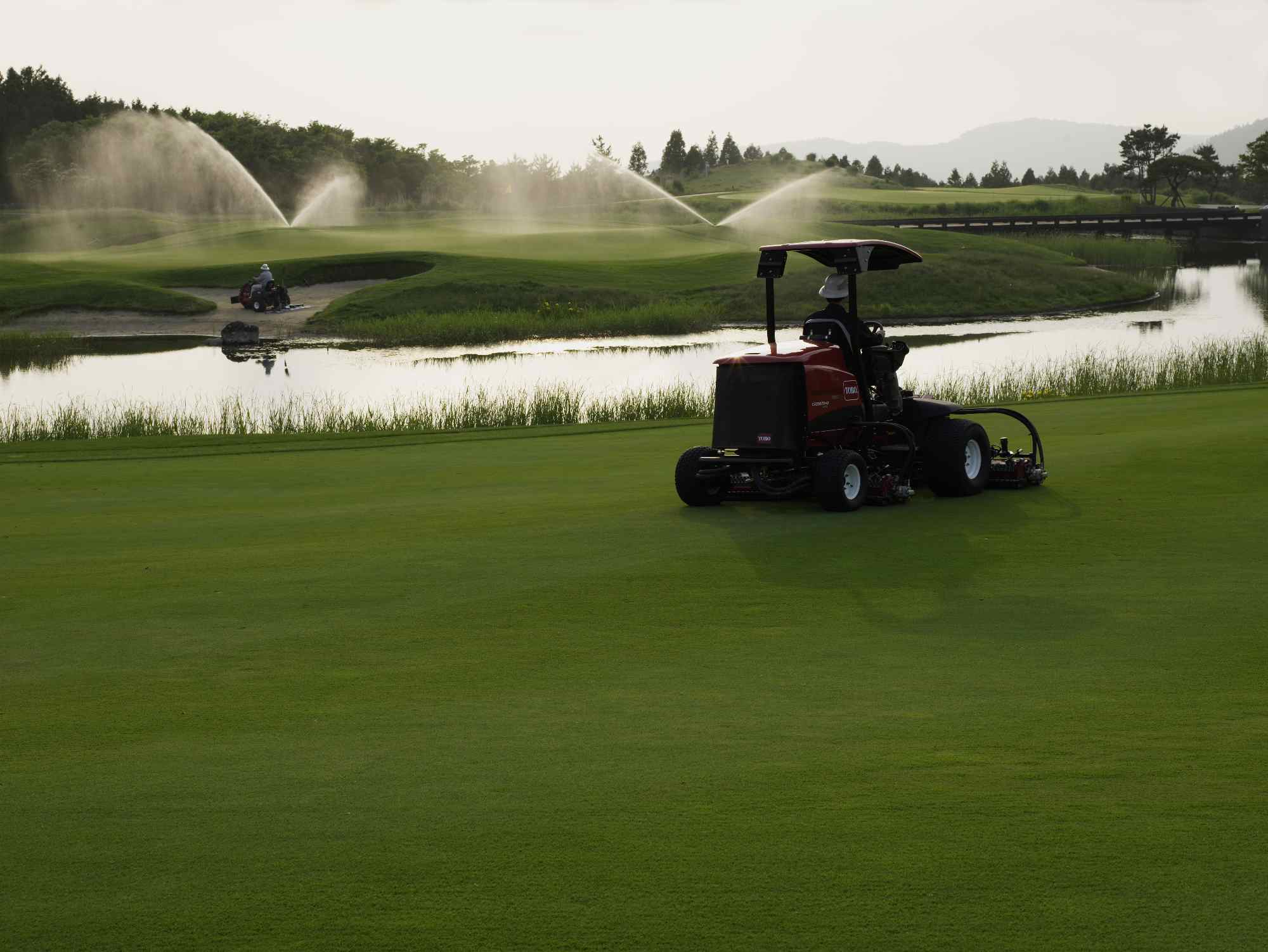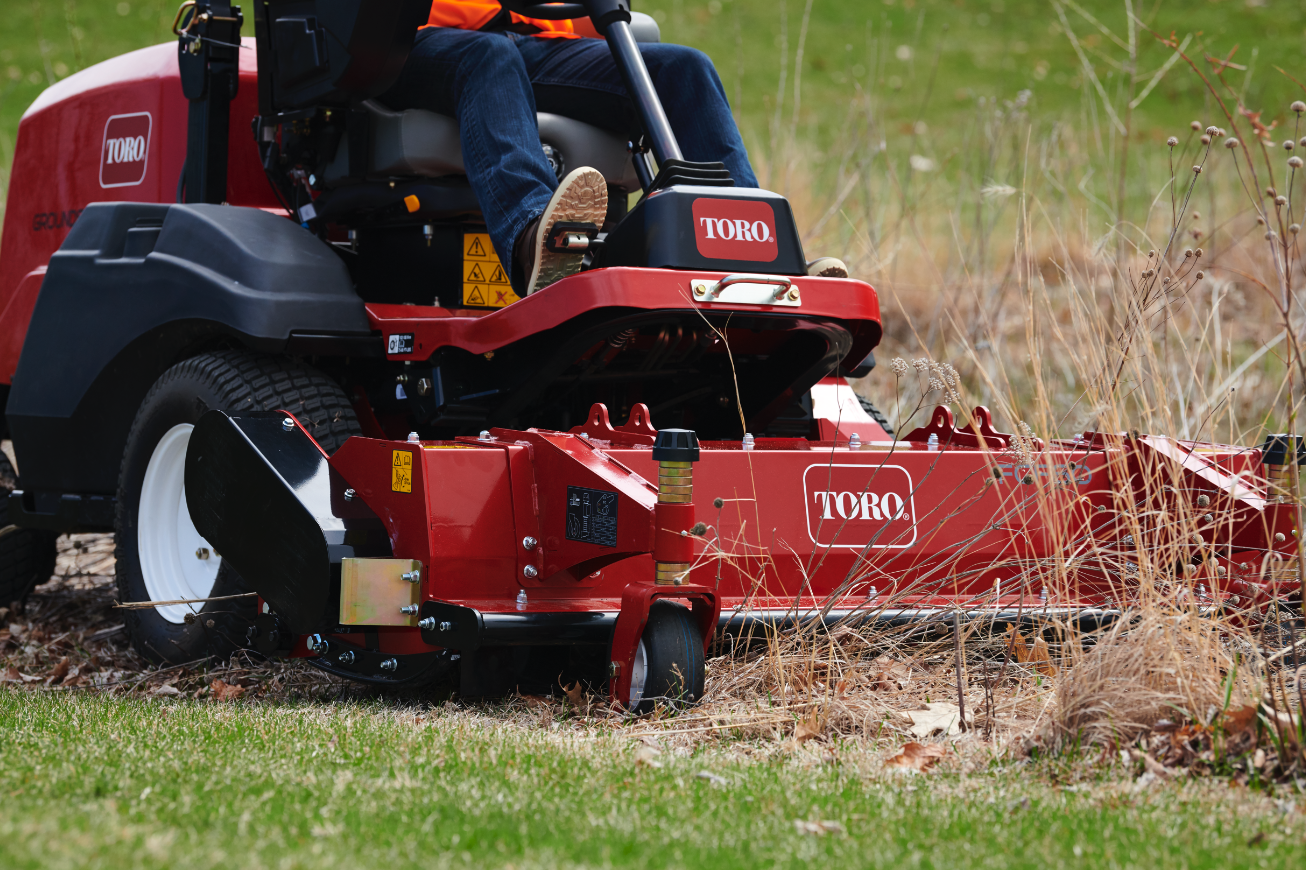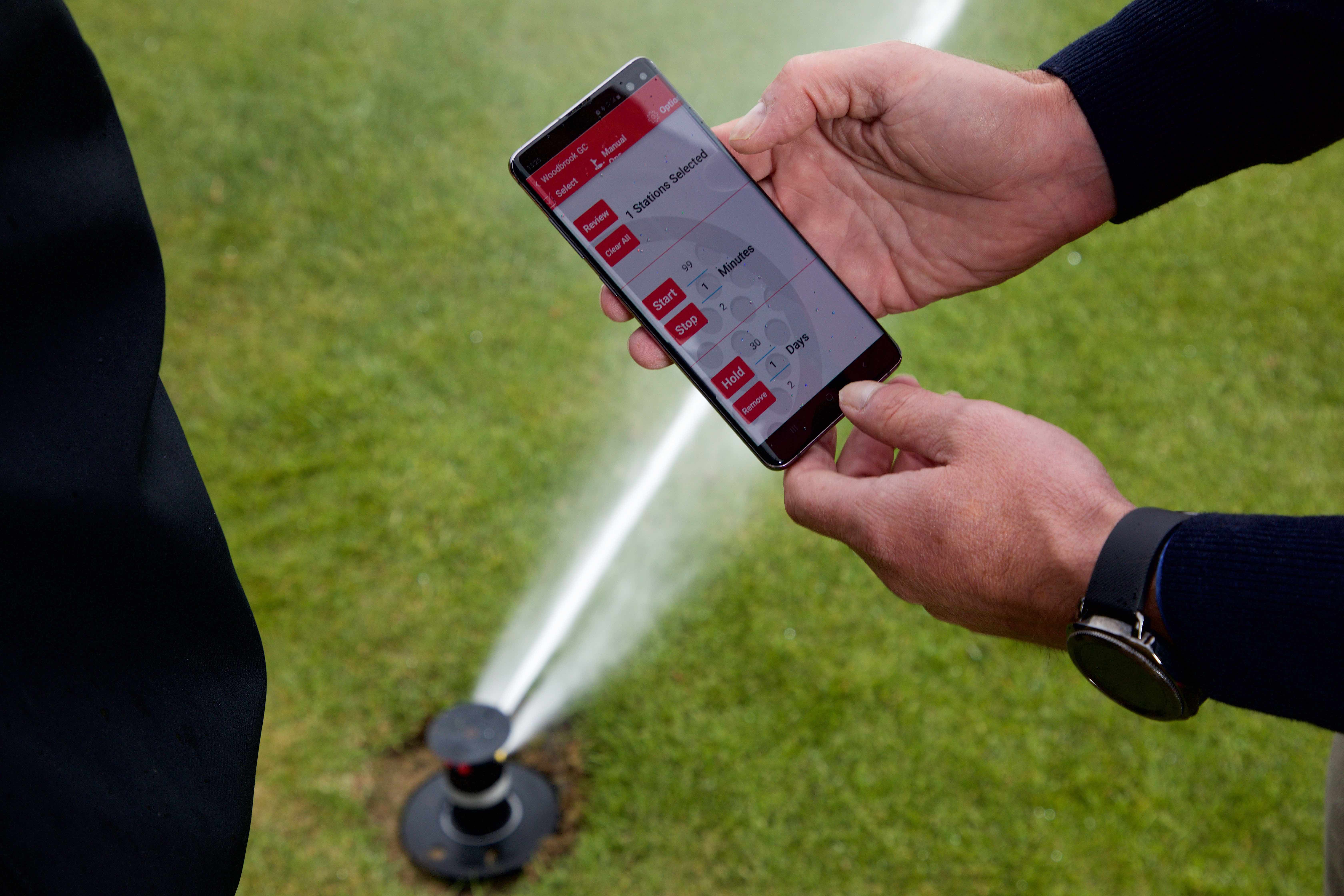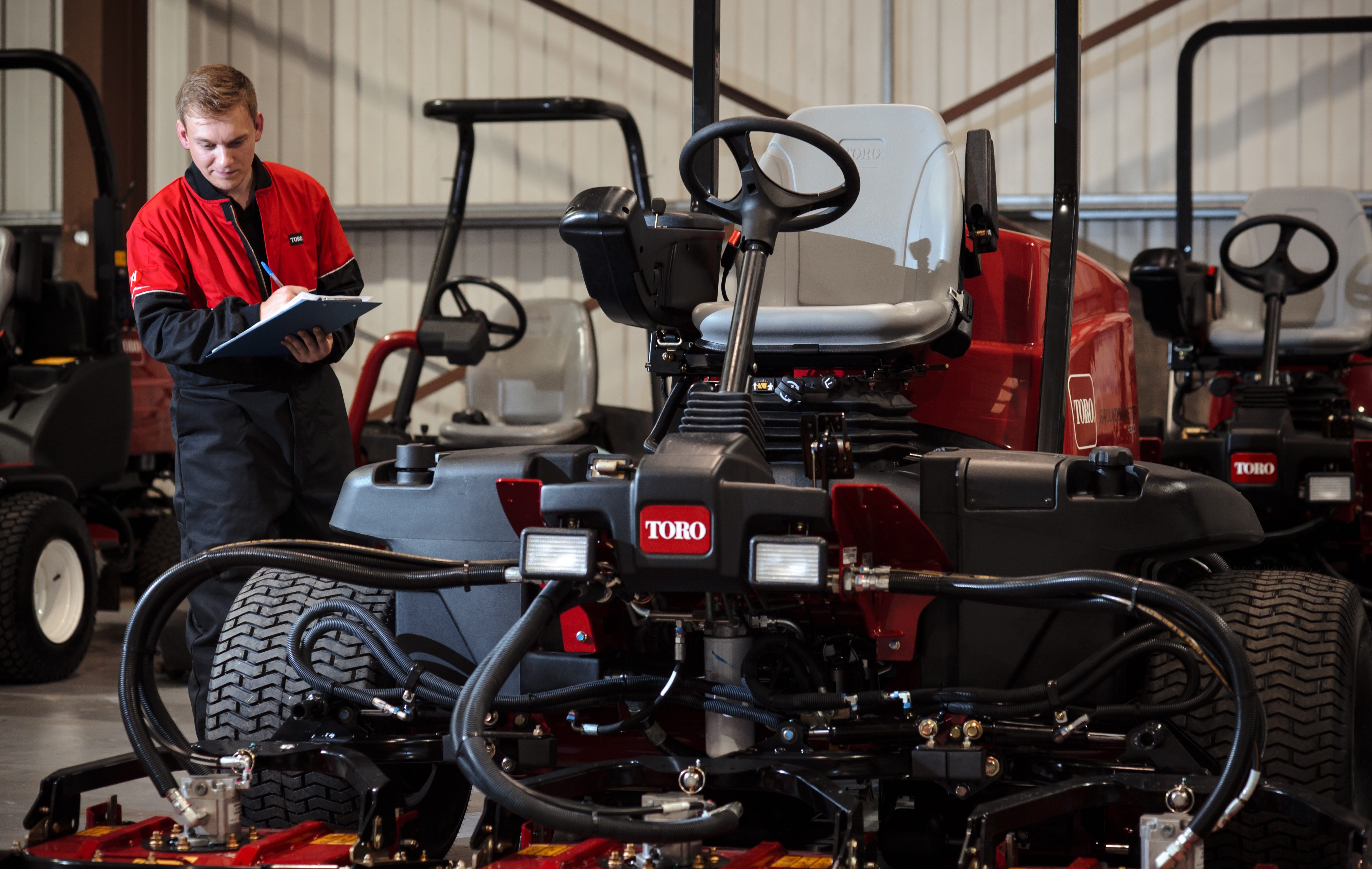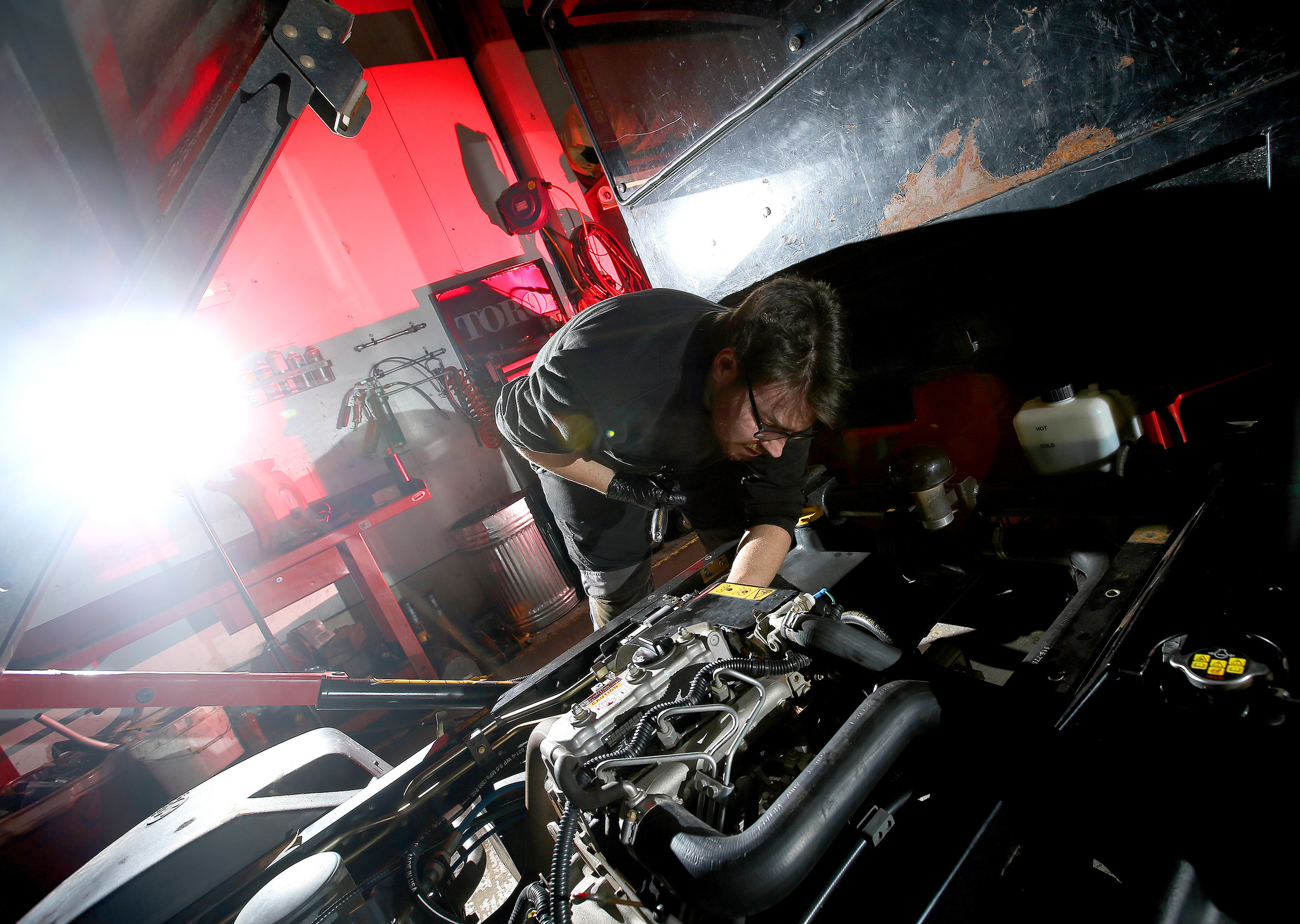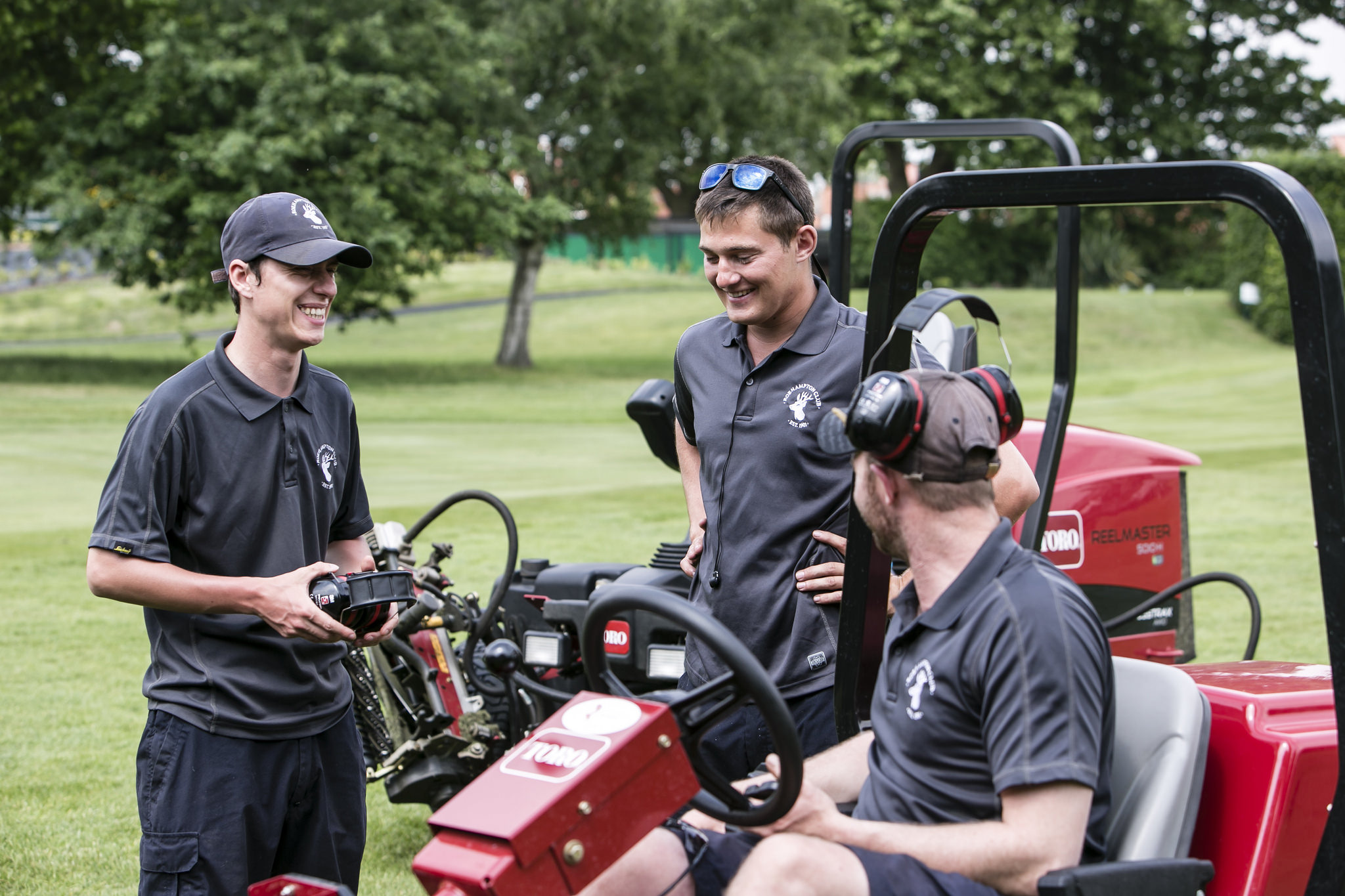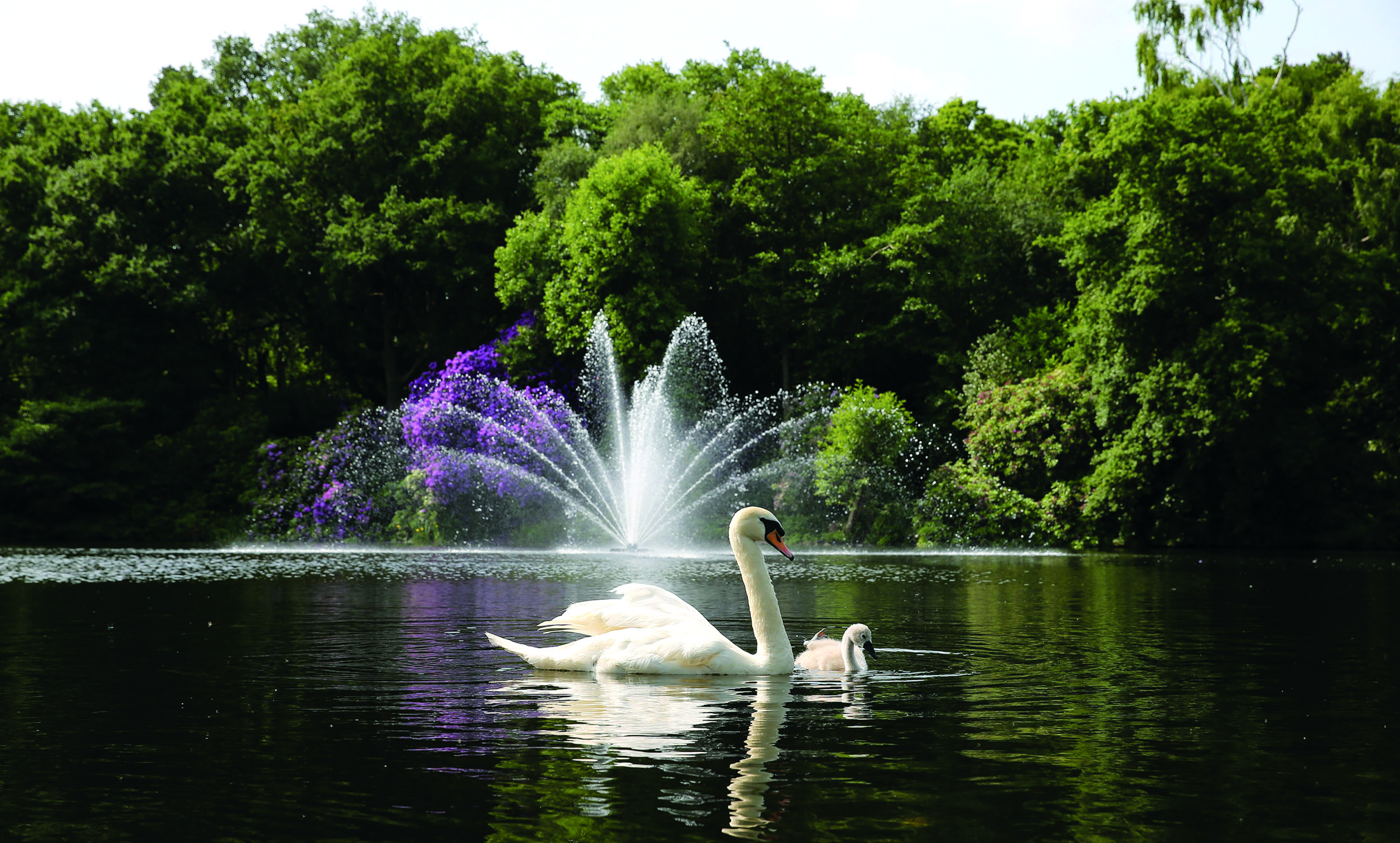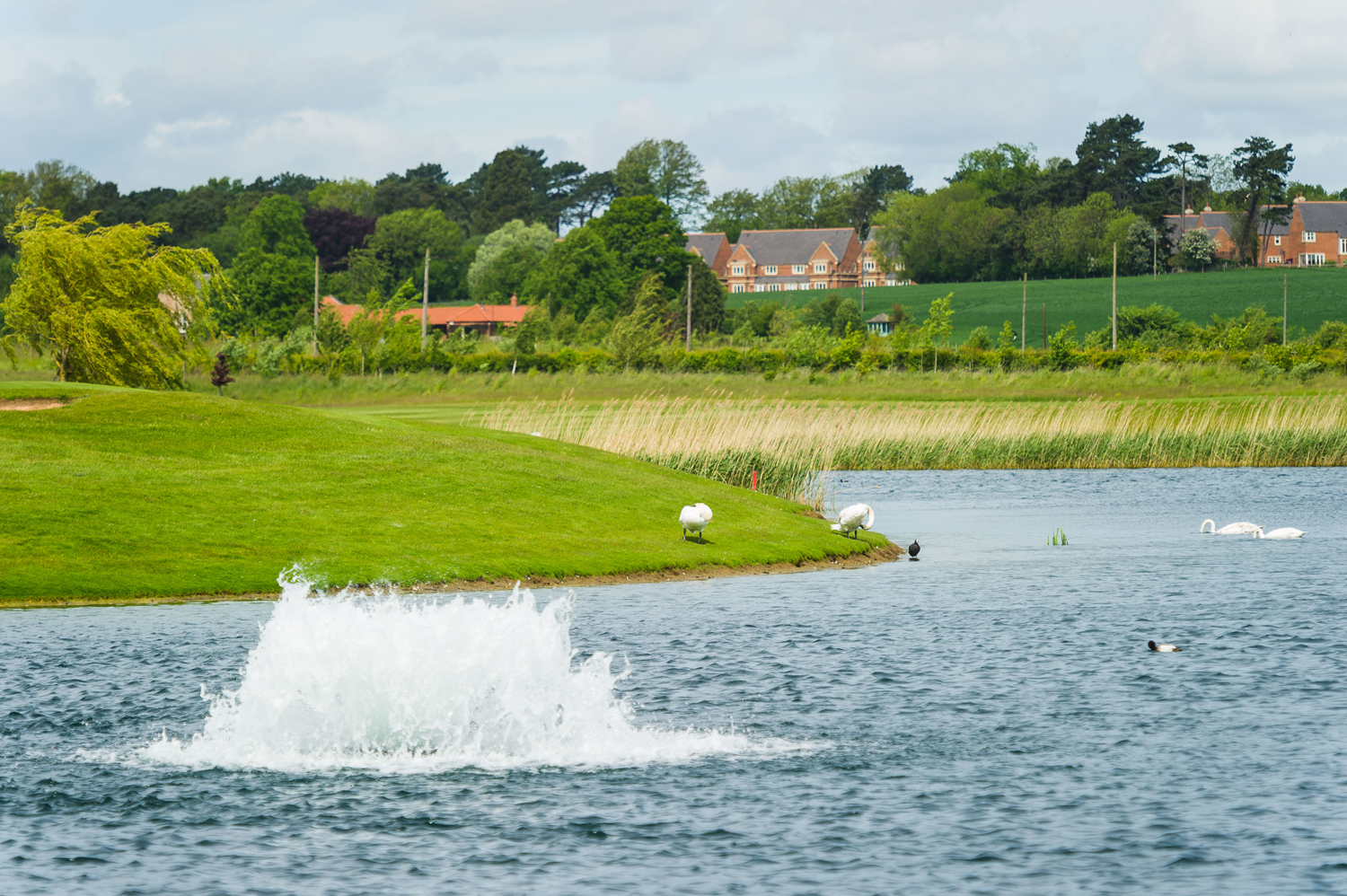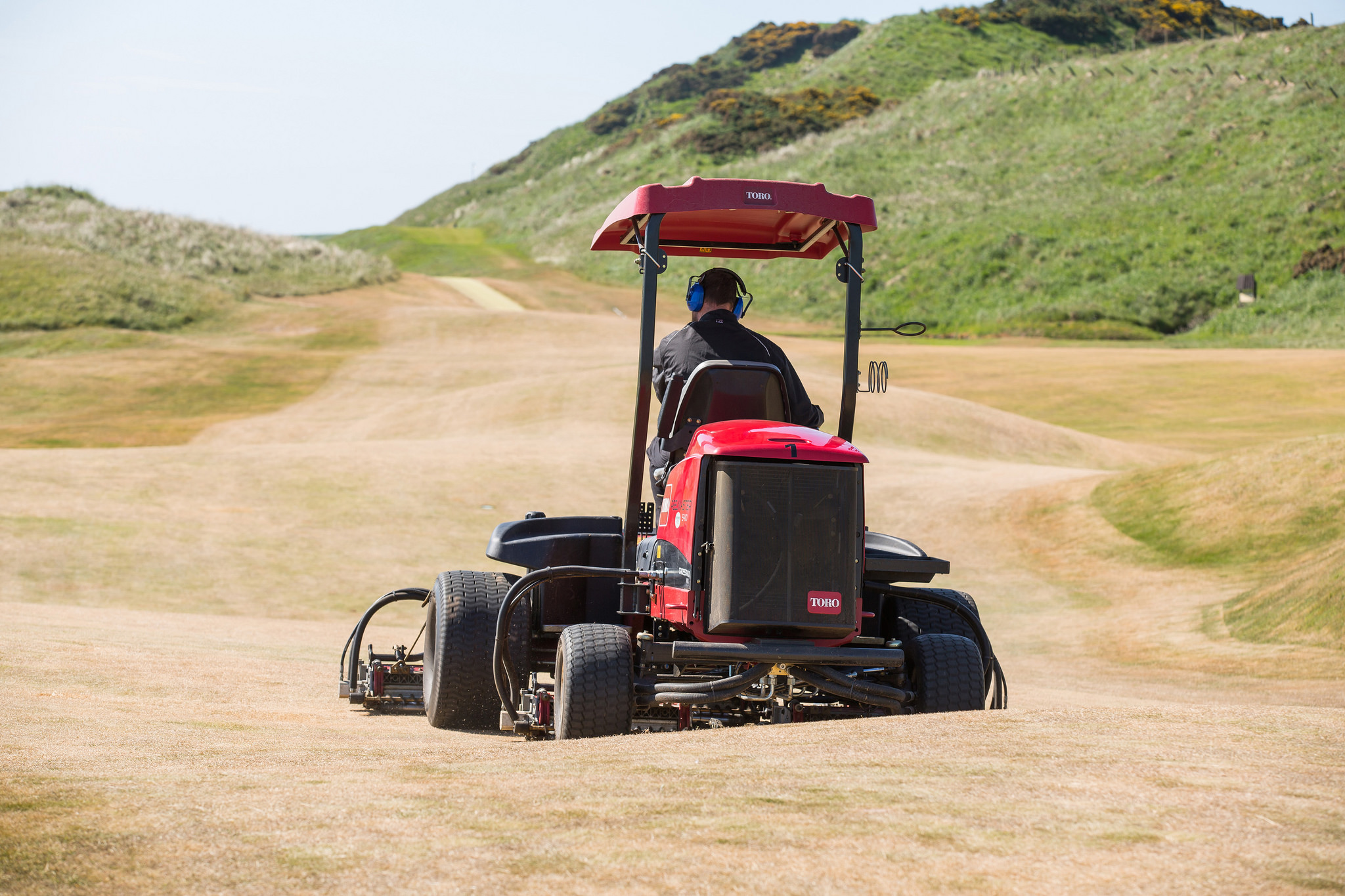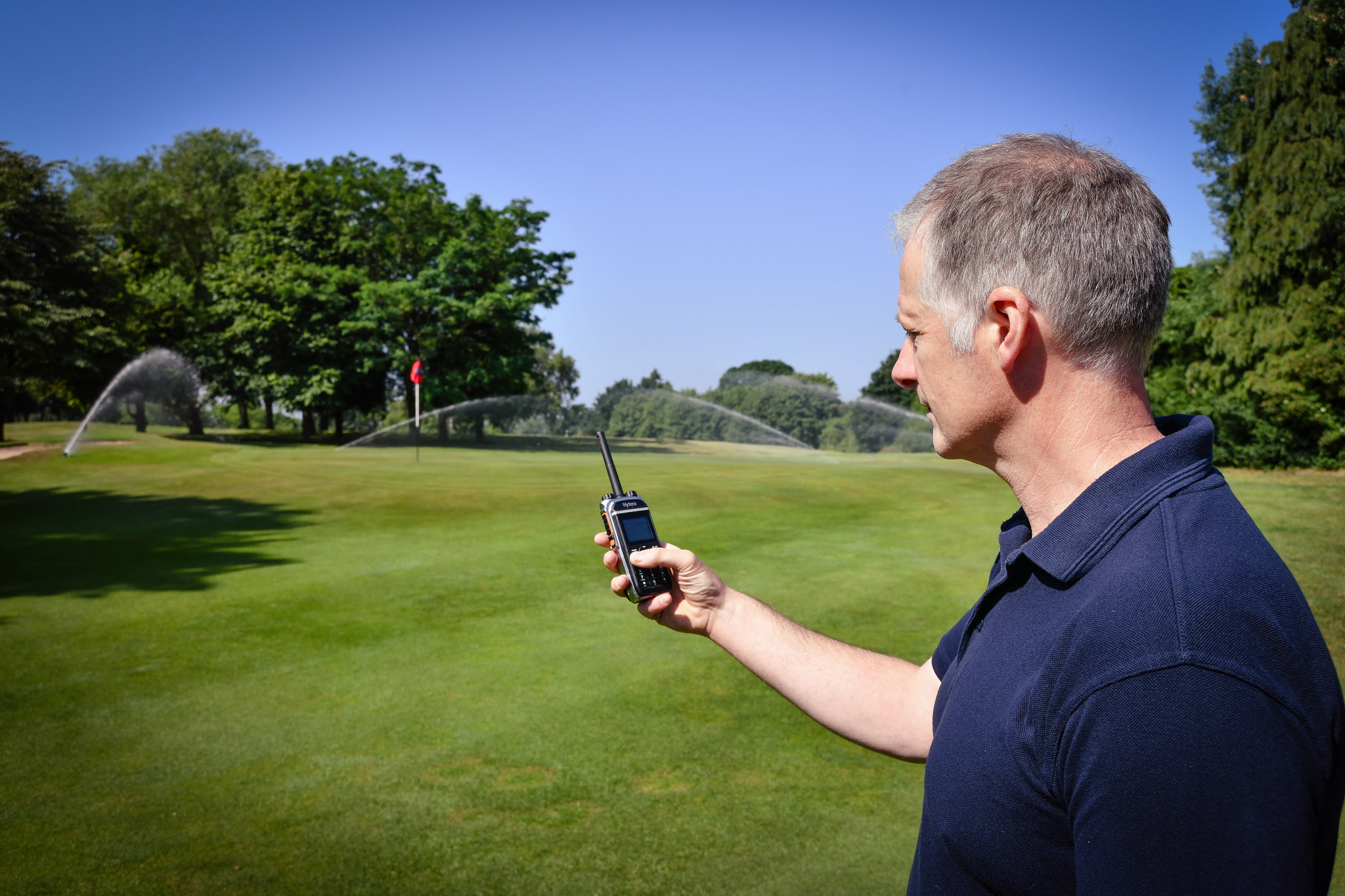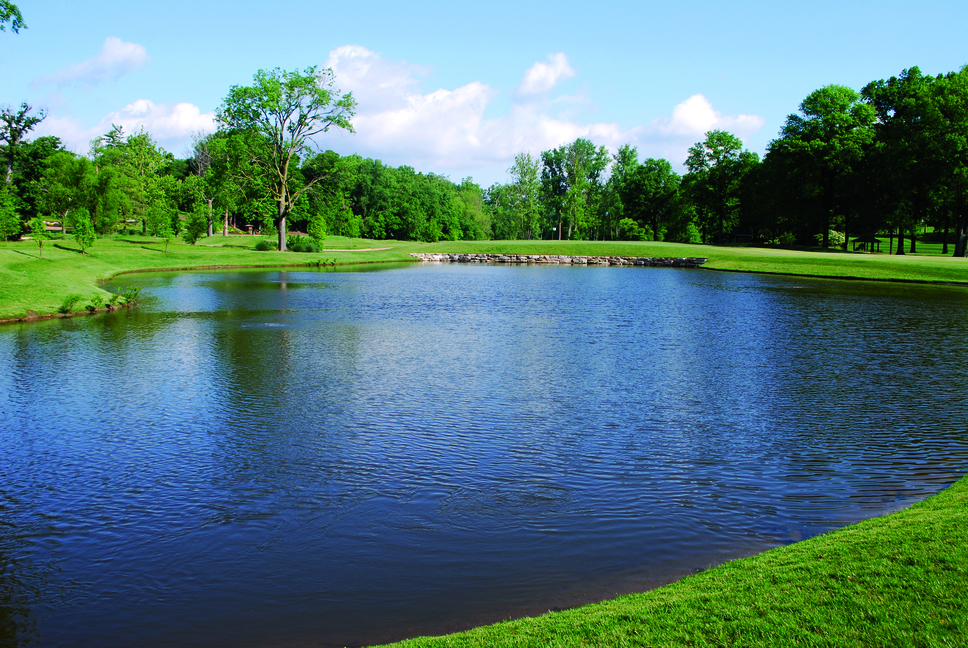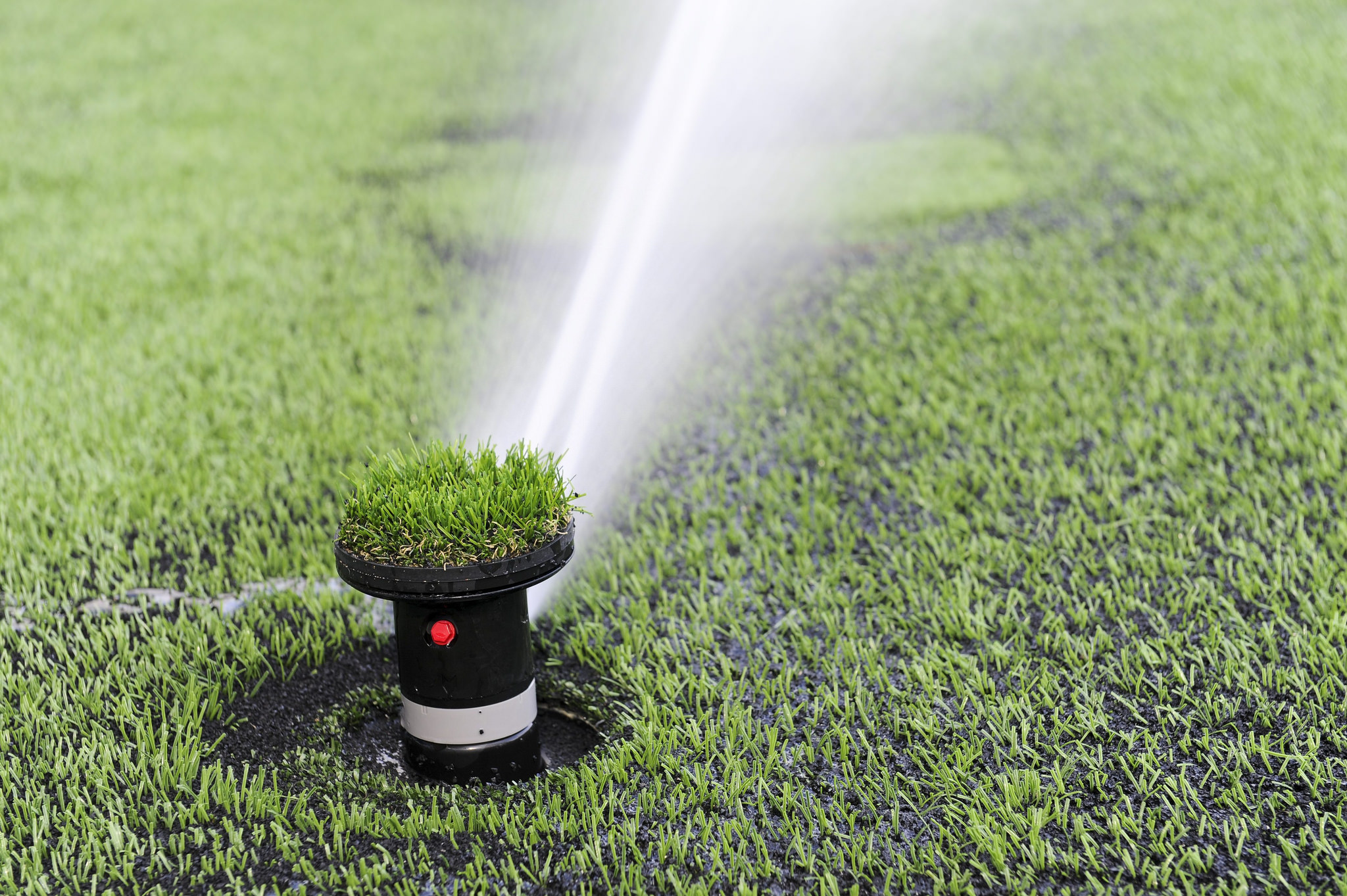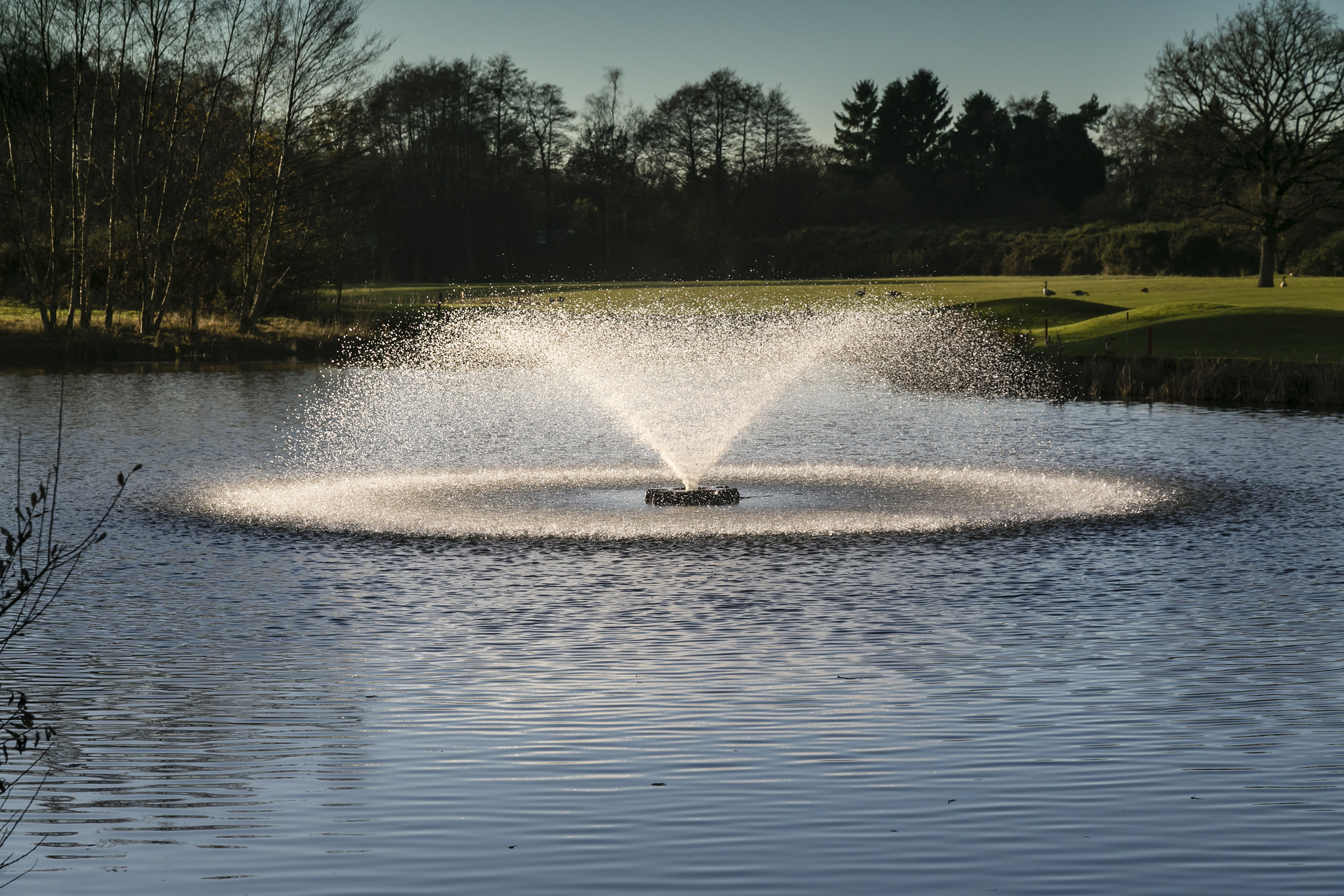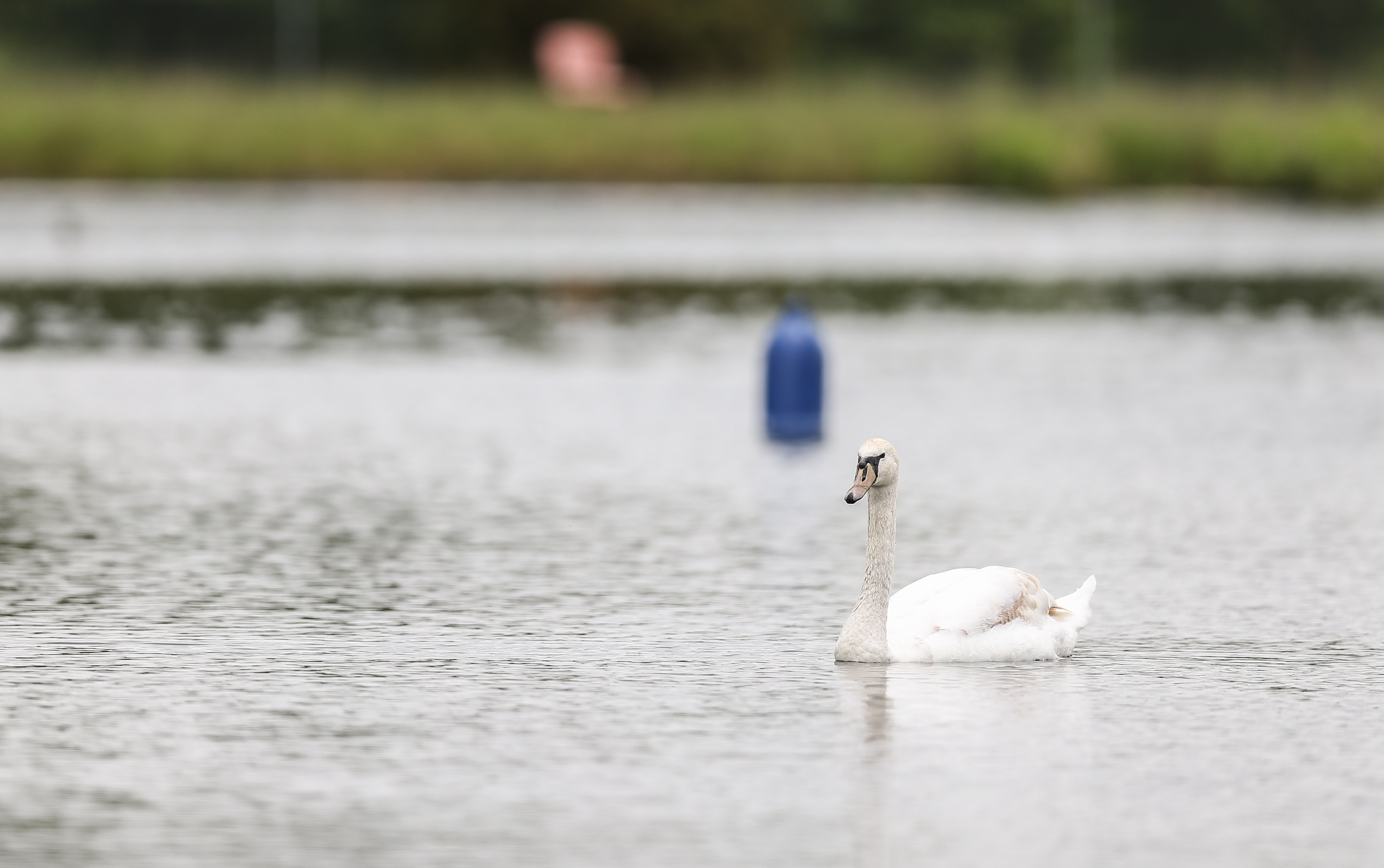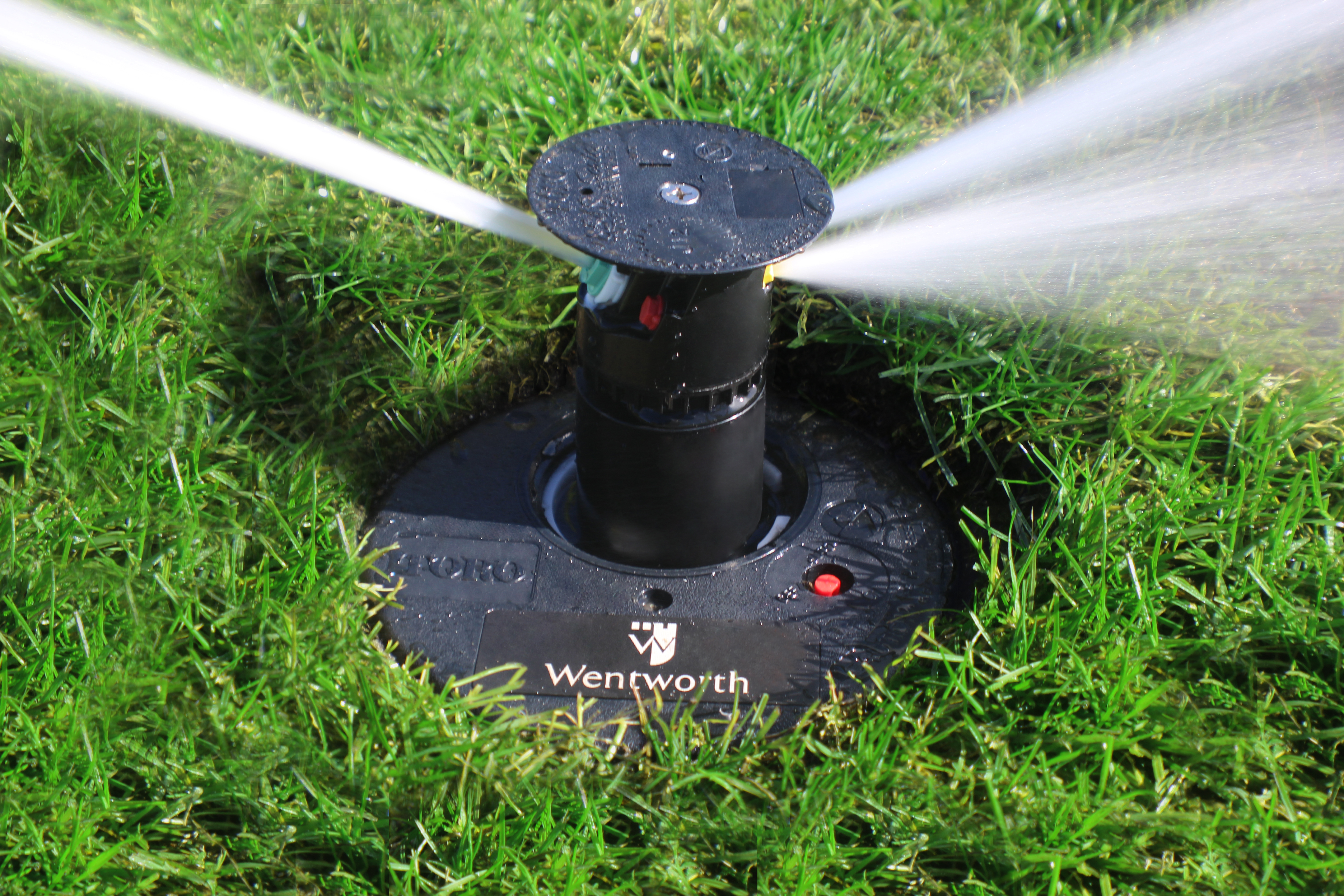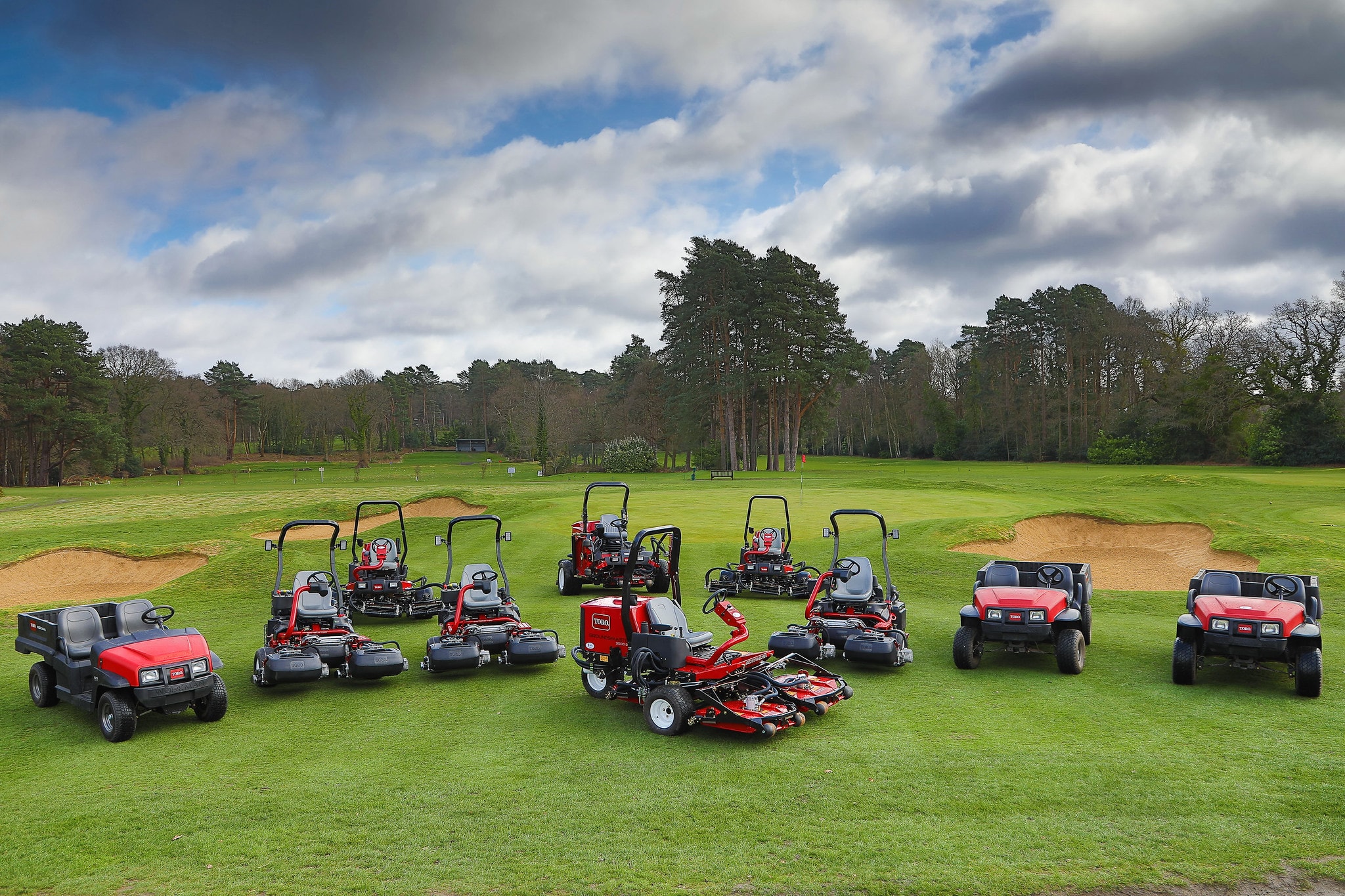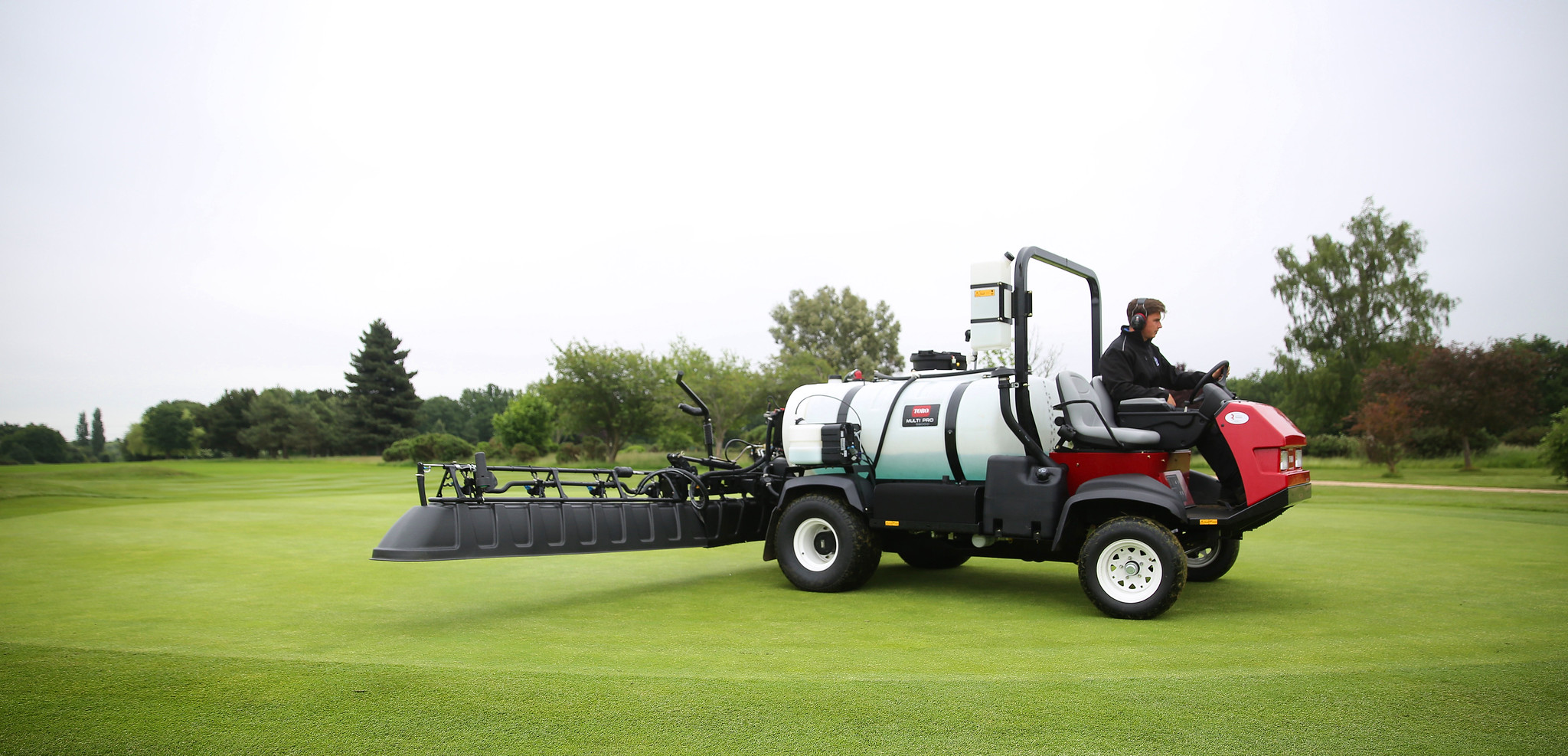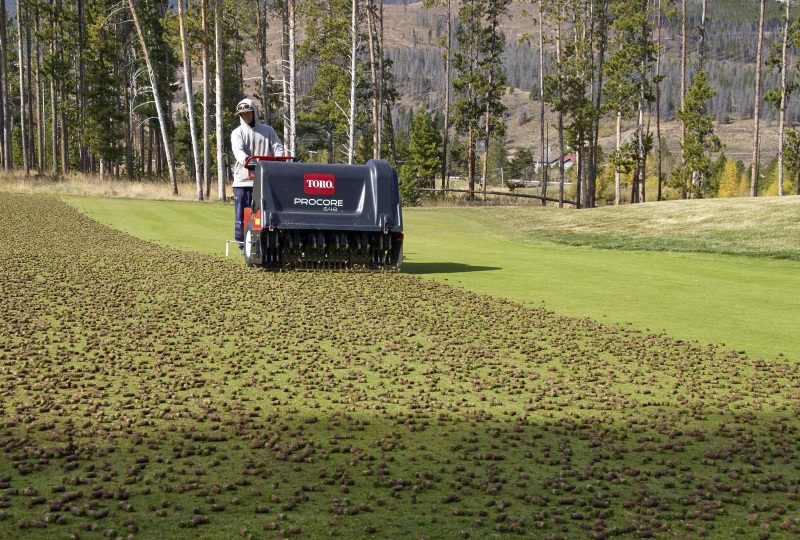- CONTACT US
- MOWERS
- VEHICLES
- APPLICATION
- Golf
- AERATORS
- VEHICLES
What Lies Beneath
CONTENTS
FEATURED STORIES

Robert Jackson
Toro Distributor Reesink Turfcare’s Irrigation Manager
Reading time: 8 minutes
Inside Irrigation for Summer Months
With the British cricket season having just begun, and golfing high season fast approaching, it is vital groundsmen and greenkeepers alike have a good handle on, and understanding of, their turf’s irrigation needs.
With the UK’s football and rugby sporting seasons wrapping up for the year, summer is as usual the renovation season for stadium groundsmen the length and breadth of the country. Along with preparing the pitch for maintenance work such as aeration and fertiliser application, maintaining healthy grass growth, facilitating a level of impact absorbency and germinating seed, among many; it’s also a good time for club groundsmen to start thinking about, and indeed planning, pitch management improvements for the upcoming 2016/17 season.
So whatever your sports surface, turf professionals everywhere have water considerations at this time of year and Robert Jackson, irrigation manager at Reesink Turfcare, UK distributor for Toro irrigation, presents a roundup of top tips, as well as guidance on utilising the latest irrigation technology.
All geared towards promoting optimum grass growth, balanced soil moisture levels and water efficiency, Robert’s following advice stems from over 20 years’ experience in the irrigation business, having been involved in both contracting and creating irrigation design specifications for sports and golf courses installations.
Monitor your soil’s moisture levels
Knowing what’s going on beneath the surface of your pitch or course is an essential part of good irrigation management; and moisture content comes top of the list. Having soil moisture level knowledge will allow you to make timely, more-informed adjustments to your irrigation schedule, which in turn helps to retain optimum conditions for the surface and root zone. It can also highlight other issues such as potential turf stress, drainage problems and irrigation uniformity.
Many groundsmen and greenkeepers still rely on a combination of experience and on site weather data to determine irrigation requirements. However, the only way to accurately measure soil moisture content and avoid over-irrigating is to utilise technology.
Systems that feature soil-monitoring technology are fantastic for making better decisions and saving money. Whether using a hand-held sensor to perform regular spot checks or an irrigation system with sensors in the ground to do it for you, precise measurements on soil moisture and temperature of the playing surface provides invaluable data. And knowledge as we all know is power, allowing irrigation decisions to be made to avoid over-watering and detecting dry areas before the turf’s health is impacted and making the job of improving soil and turf health and reducing water usage, almost effortless.
Take and compare multiple moisture and temperature readings
Routinely monitoring the moisture content and temperature of the root zone will not only ensure healthy turf, but it will ensure that you’re only watering when necessary. Taking multiple readings over time and at different times – such as before and after irrigation, rainfall, a frost, and on cold days and hot days – also allows you to put any one reading into context and understand how environmental factors influence those readings. Once you’re able to determine your turf’s normal range and variability, you’ll be able to recognise changes due to potential problems. These can be identified before they develop too far, such as disease. Any early identification of problems saves both the cost and time associated with fixative measures.
Choose flexible sprinkler heads
The FA and Football Foundation recommend automatic pop-up irrigation systems and I wouldn’t hesitate in agreeing. There’s a wide range of quality sprinklers available on the market and sprinklers with adjustable heads, from part- to full-circle operation, provide incredible flexibility; allowing for extremely efficient water application and uniformity in virtually any site application or need. Trajectory options also help fight the wind, avoid obstacles and allow you to reduce the radius quickly, while those with easy access to all the critical components will also cut sprinkler maintenance from hours to minutes, and save unsightly turf repair scars.
I would also recommend opting for ‘forwards compatible’ sprinklers, so that enhancing the sprinkler with new and improved, or redesigned or upgraded systems and replacement parts over time, is not only possible, but easy, quick and economical. Some are also backwards compatible, too, for retrofit installs. Having that level of flexibility saves money in the long term.
Use water as efficiently as possible
Sports pitches, and golf courses in particular, tend to generate a lot of attention when it comes to water-savings efforts. However, in general, many sites in the UK are already great examples of water use efficiency and savings. Using the latest irrigation technology and innovation, turfcare professionals are able to significantly cut their water use and maintain optimal playing conditions.
Aside from the importance of protecting our valuable water resources, applying water efficiently – using both knowledge and innovative irrigation technology – saves money and improves growing conditions. Reiterating previous points, having a fully functional control system will ensure only the required amount of water is being applied, while the information that can be taken from a soil monitoring system will also cut back on over watering.
Sprinklers are also key contributors to water use reduction. As irrigation control systems have advanced over the years, so have the sprinklers they control. Use sprinklers that have nozzle options and adjustment capabilities to apply water precisely where it is needed. By simply upgrading older sprinklers to today's models, you can significantly reduce water use, without effecting play.
Employing good maintenance practices, such as aeration, which encourages deep rooting grasses and ensures penetration of any water applied, will also minimise the amount of water used.
And finally, have your irrigation assessed to identify areas for improvement
I’ll finish by saying that I’d highly recommend having your irrigation system assessed by a third party, especially if it hasn’t been done for a while.
July 2016

Using both knowledge and innovative irrigation technology saves money and improves growing conditions.
Reesink UK LTD | 1-3 Station Road, St Neots PE19 1QF | Registered in England
Reesink UK LTD is authorised and regulated by the Financial Conduct Authority.


